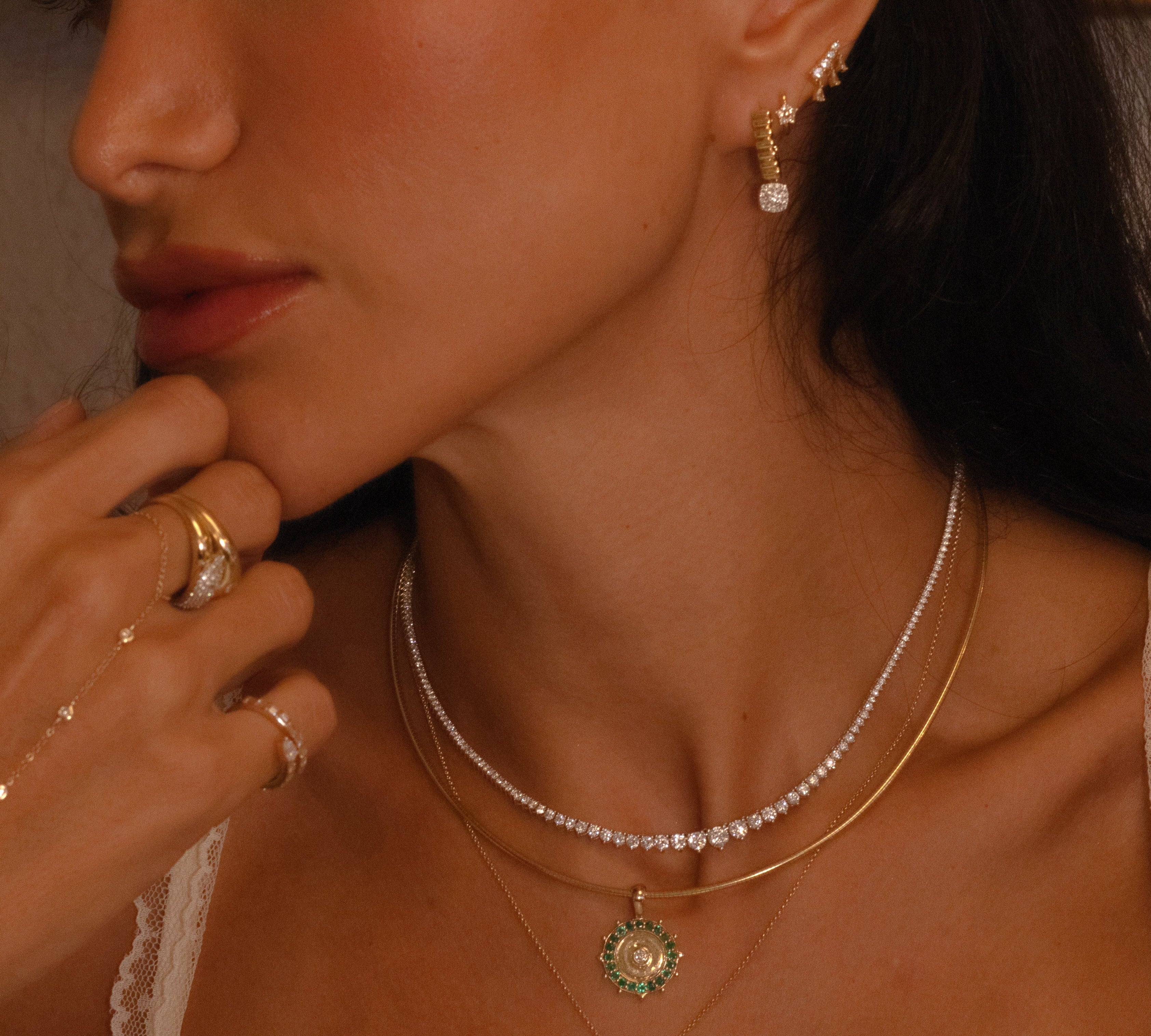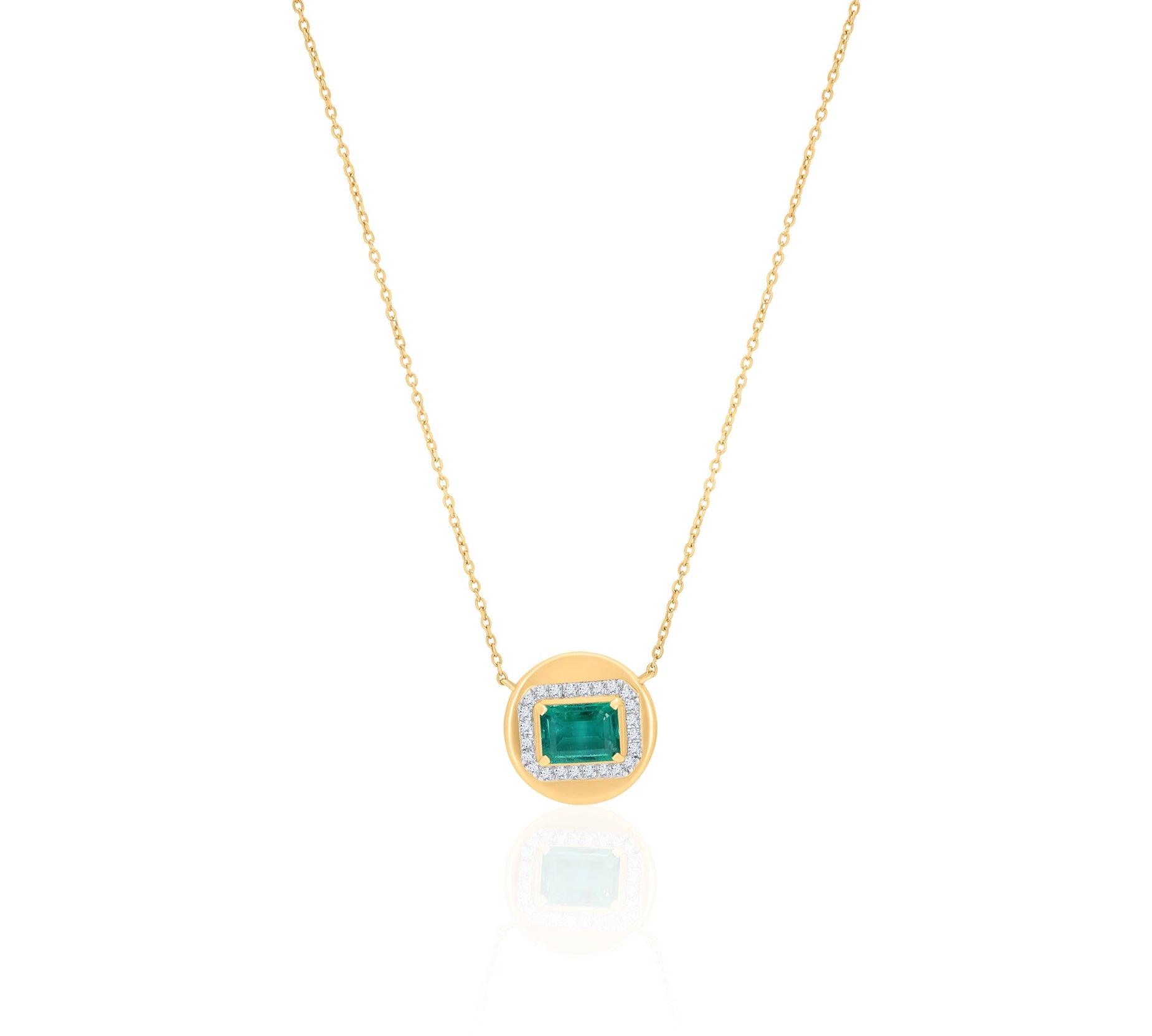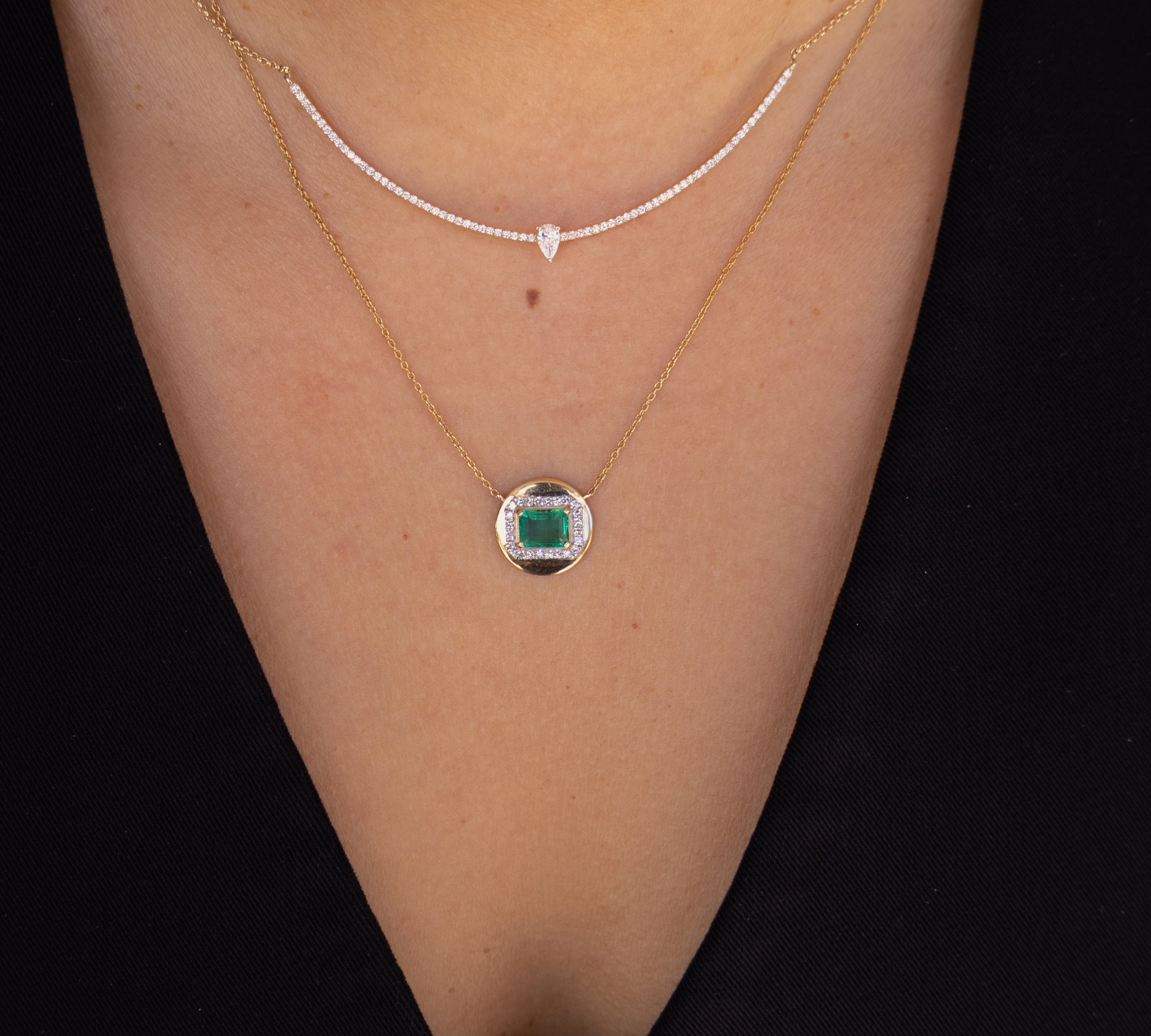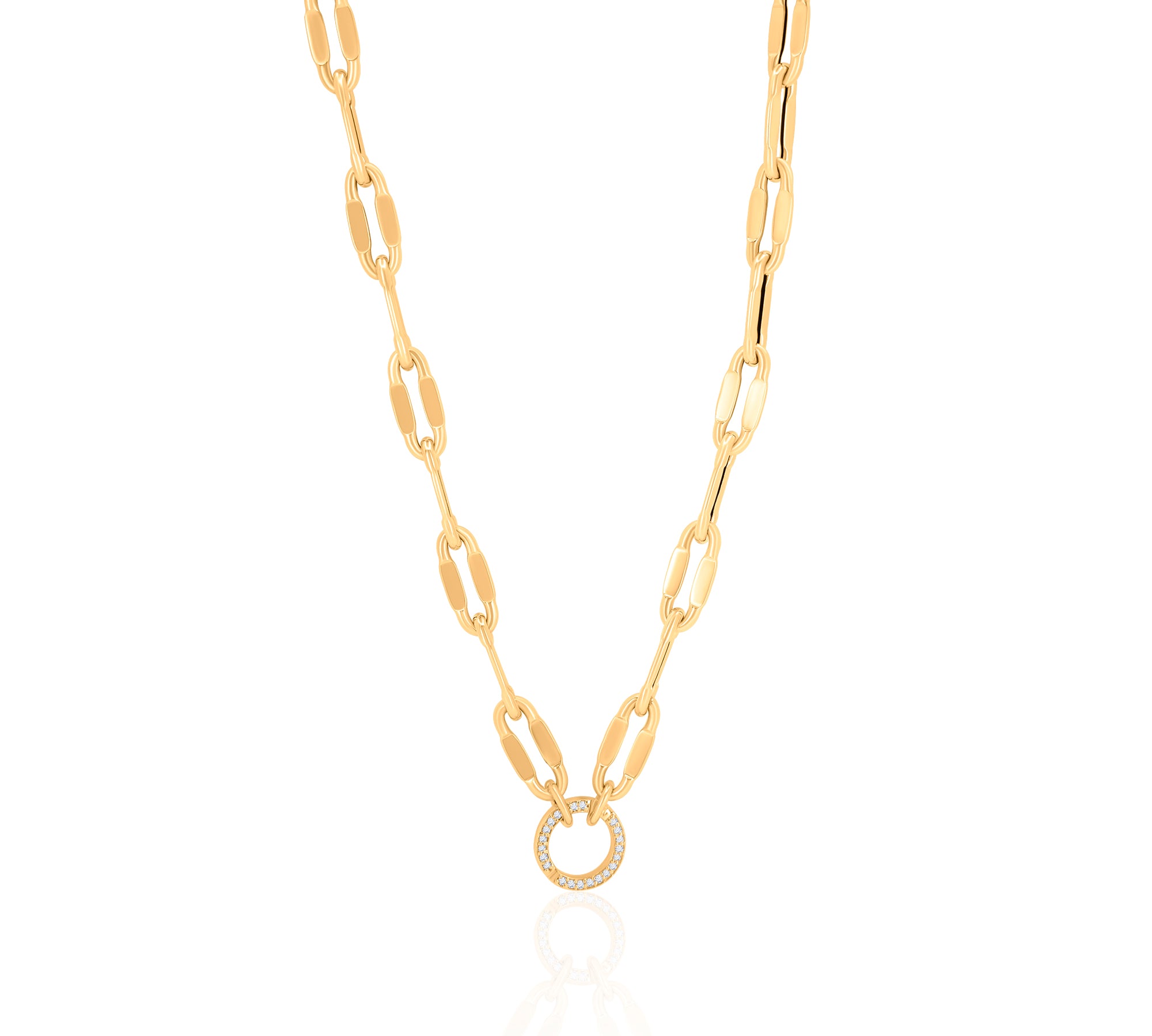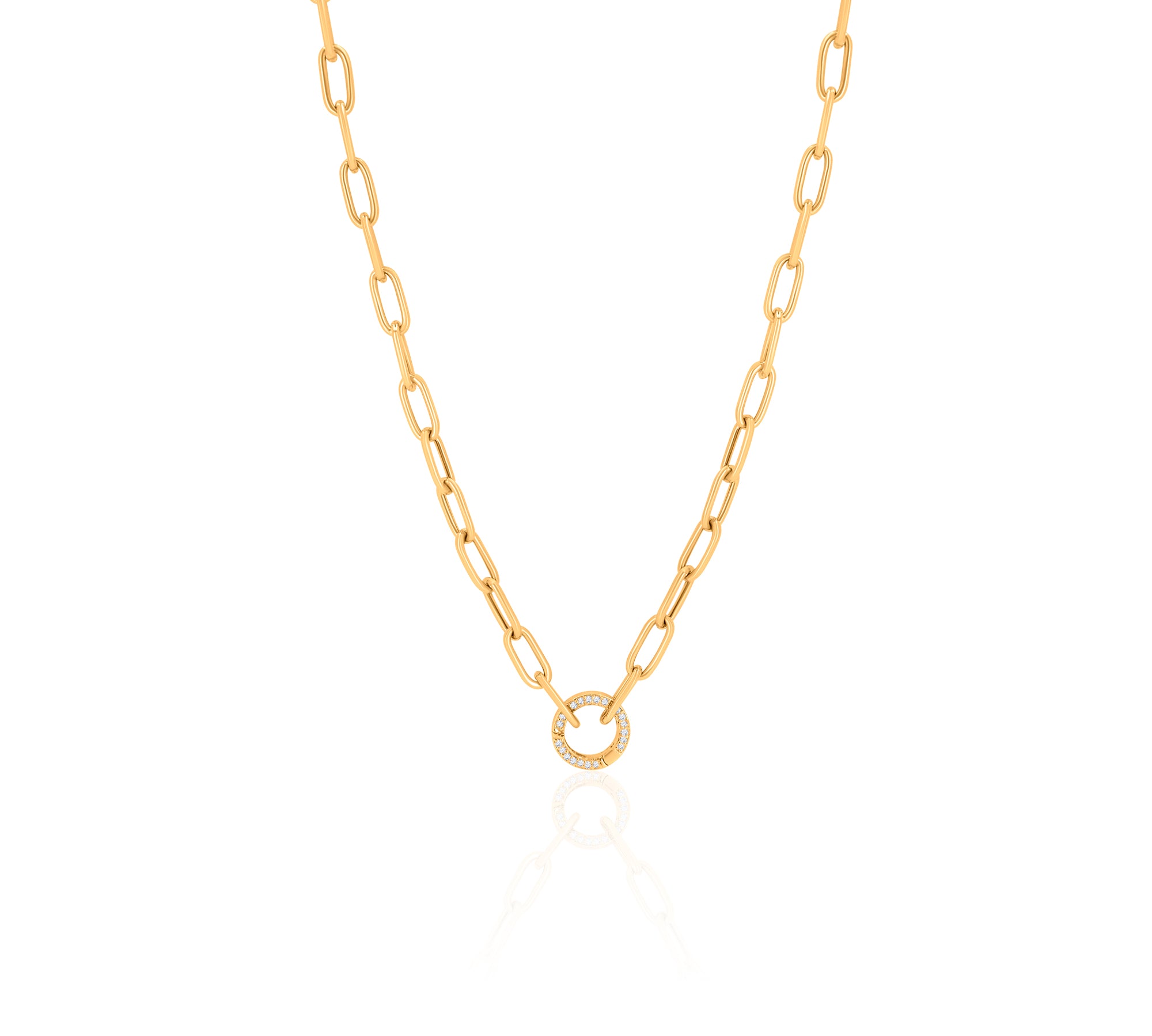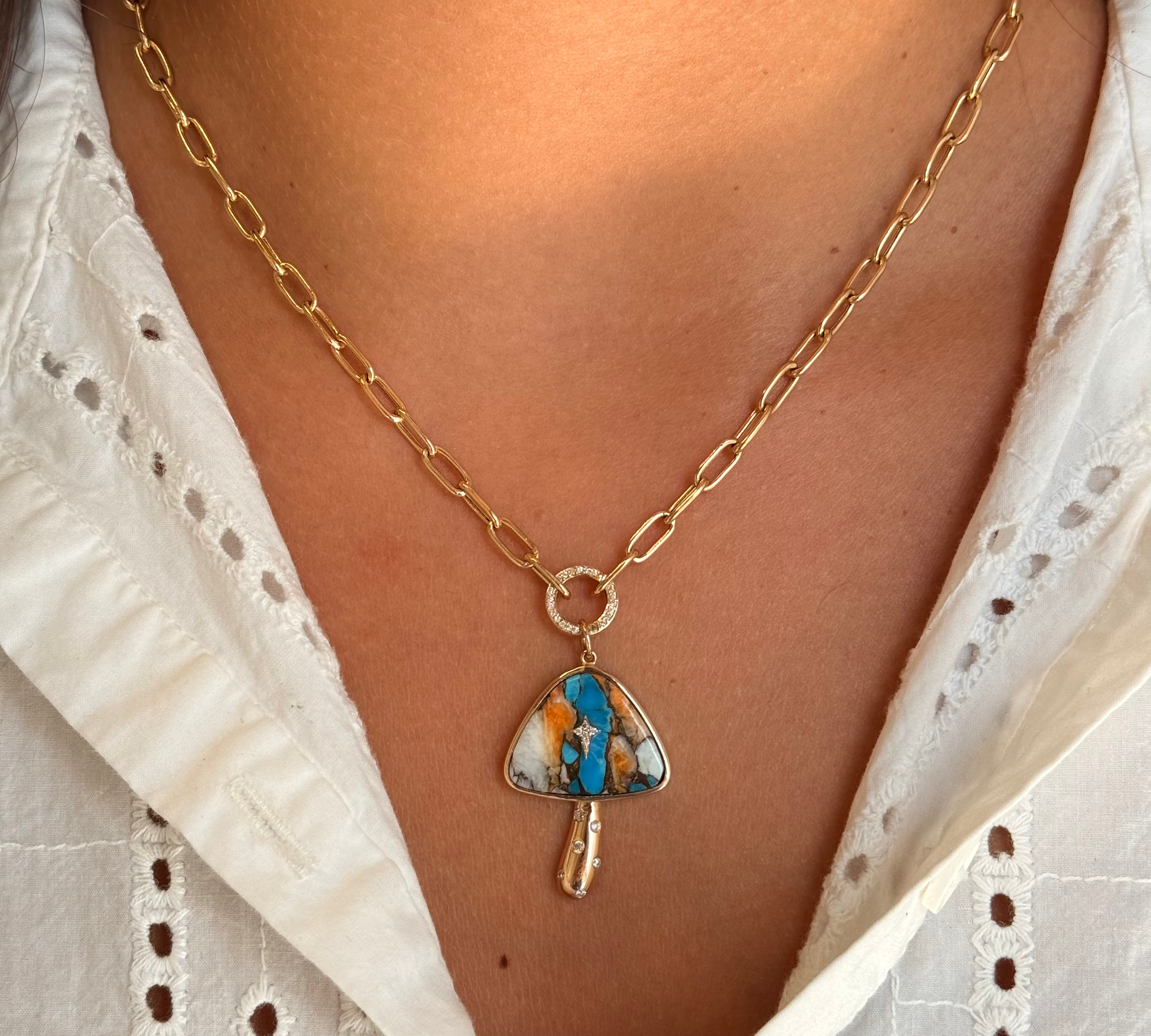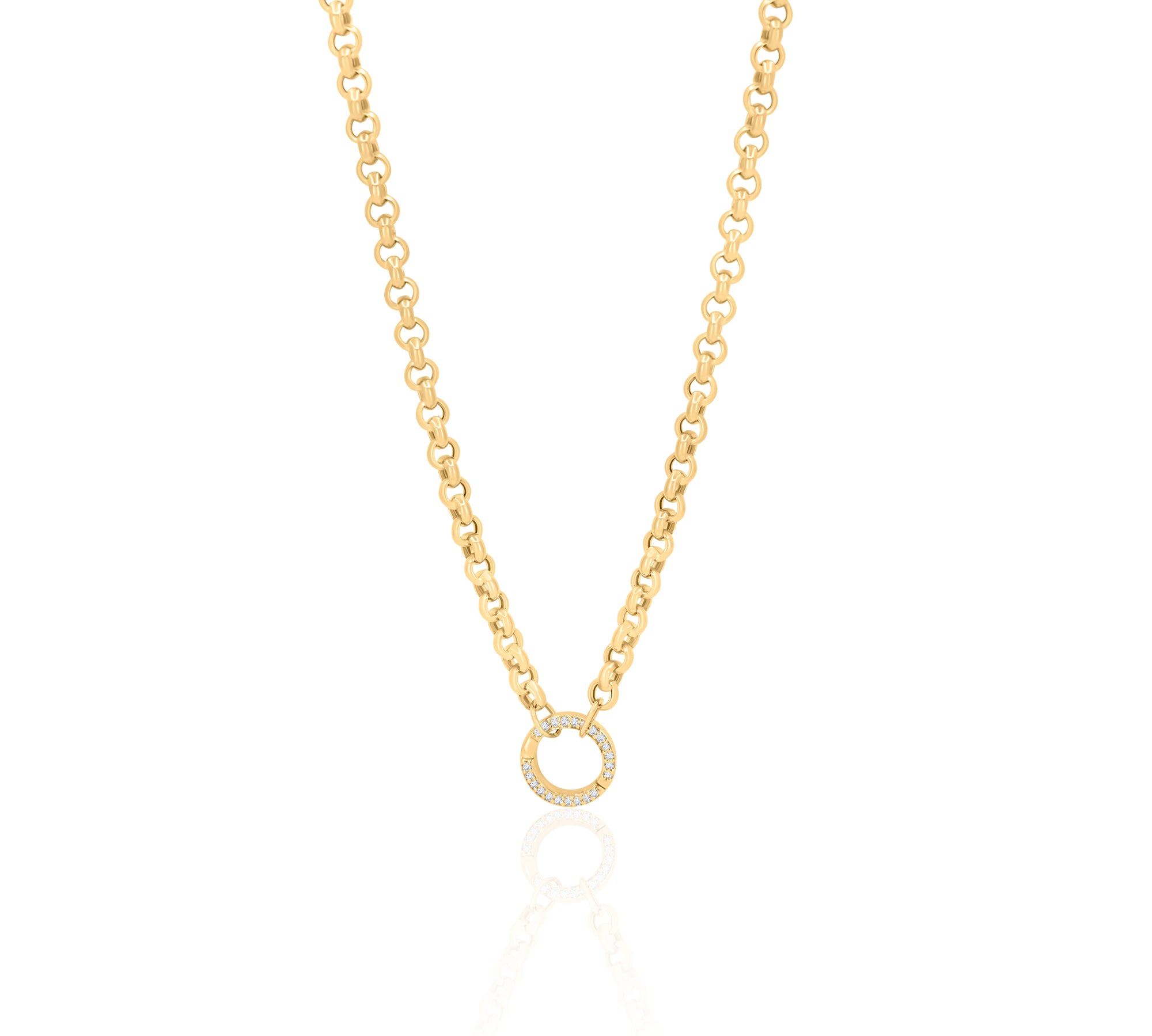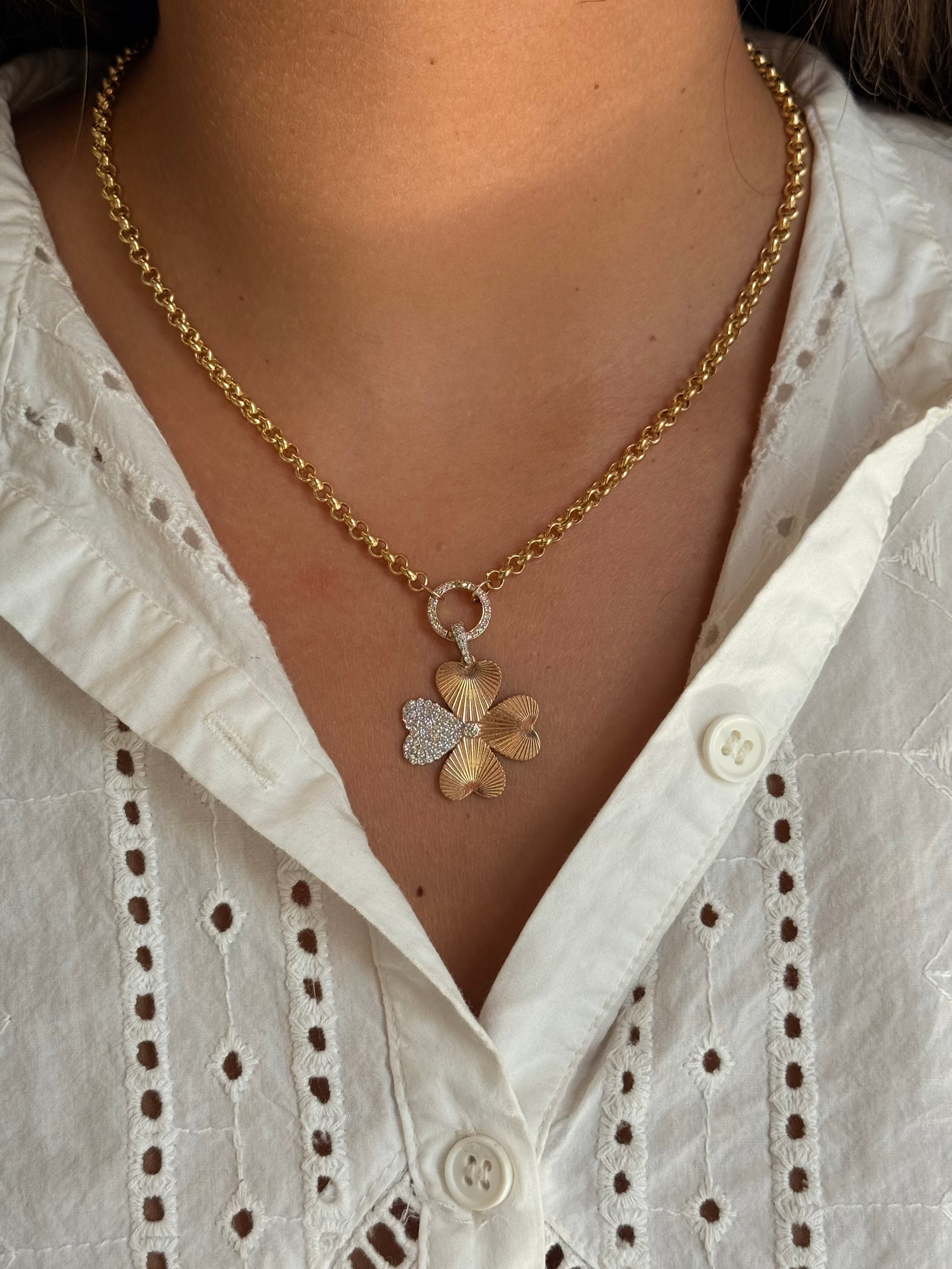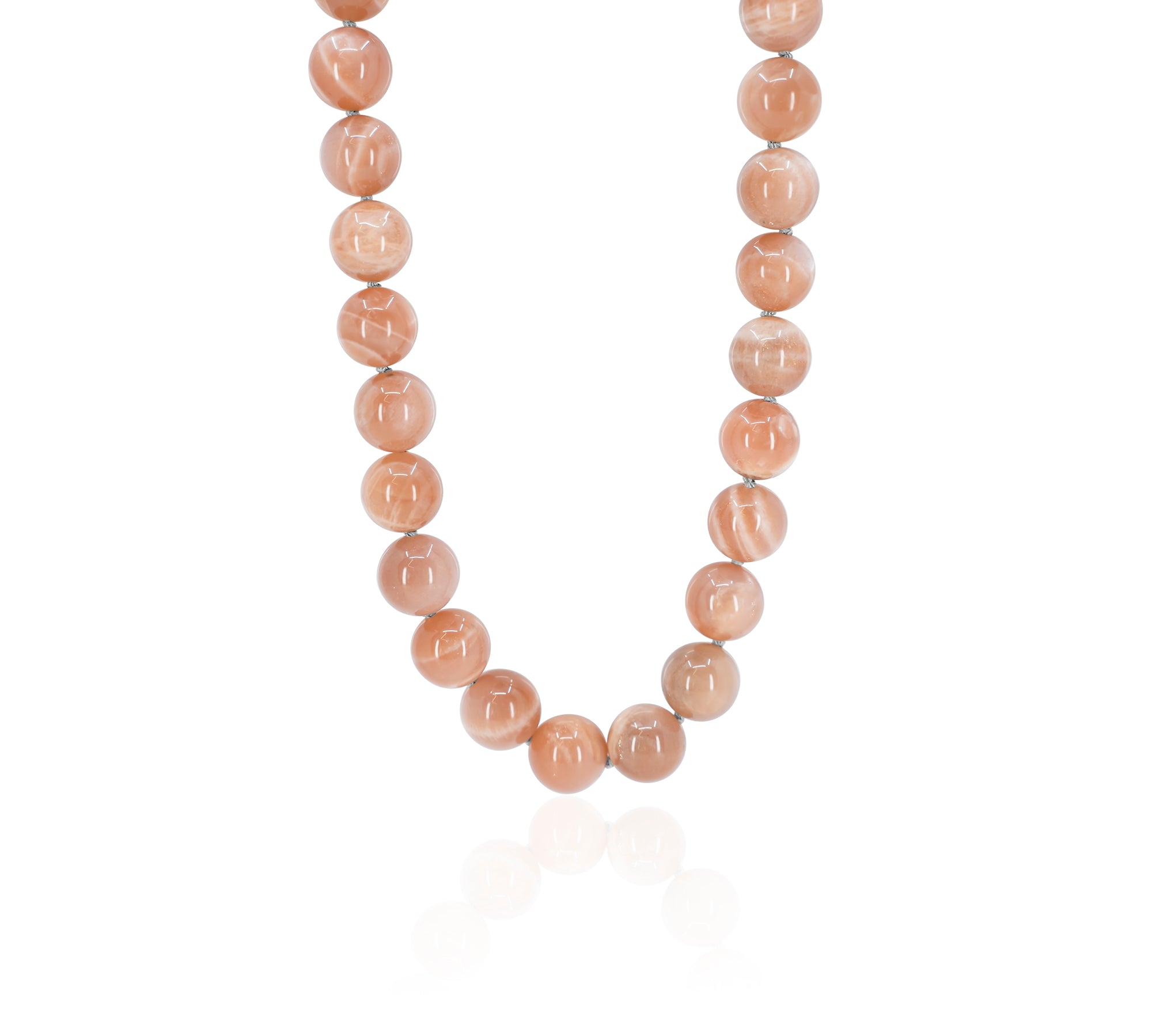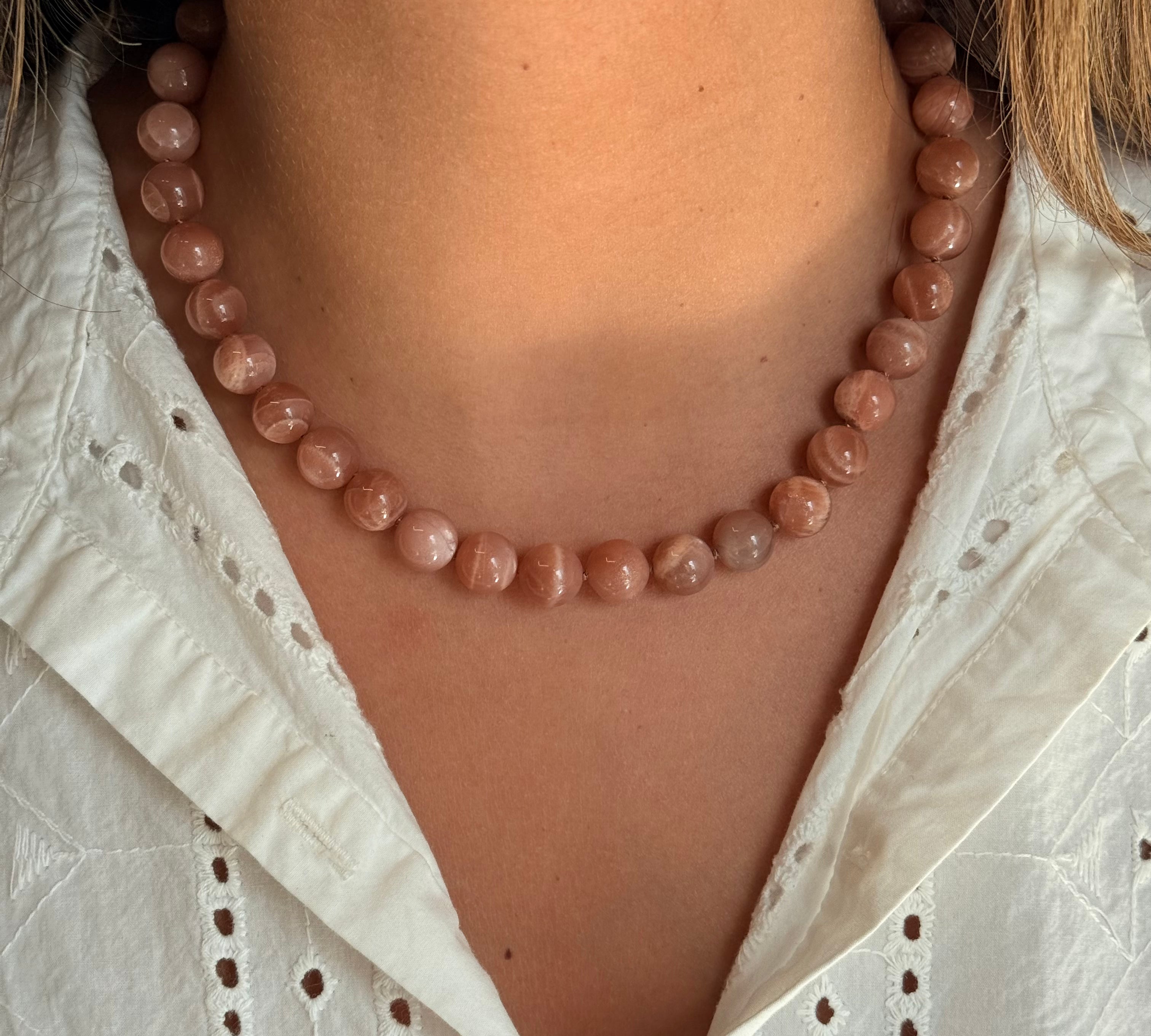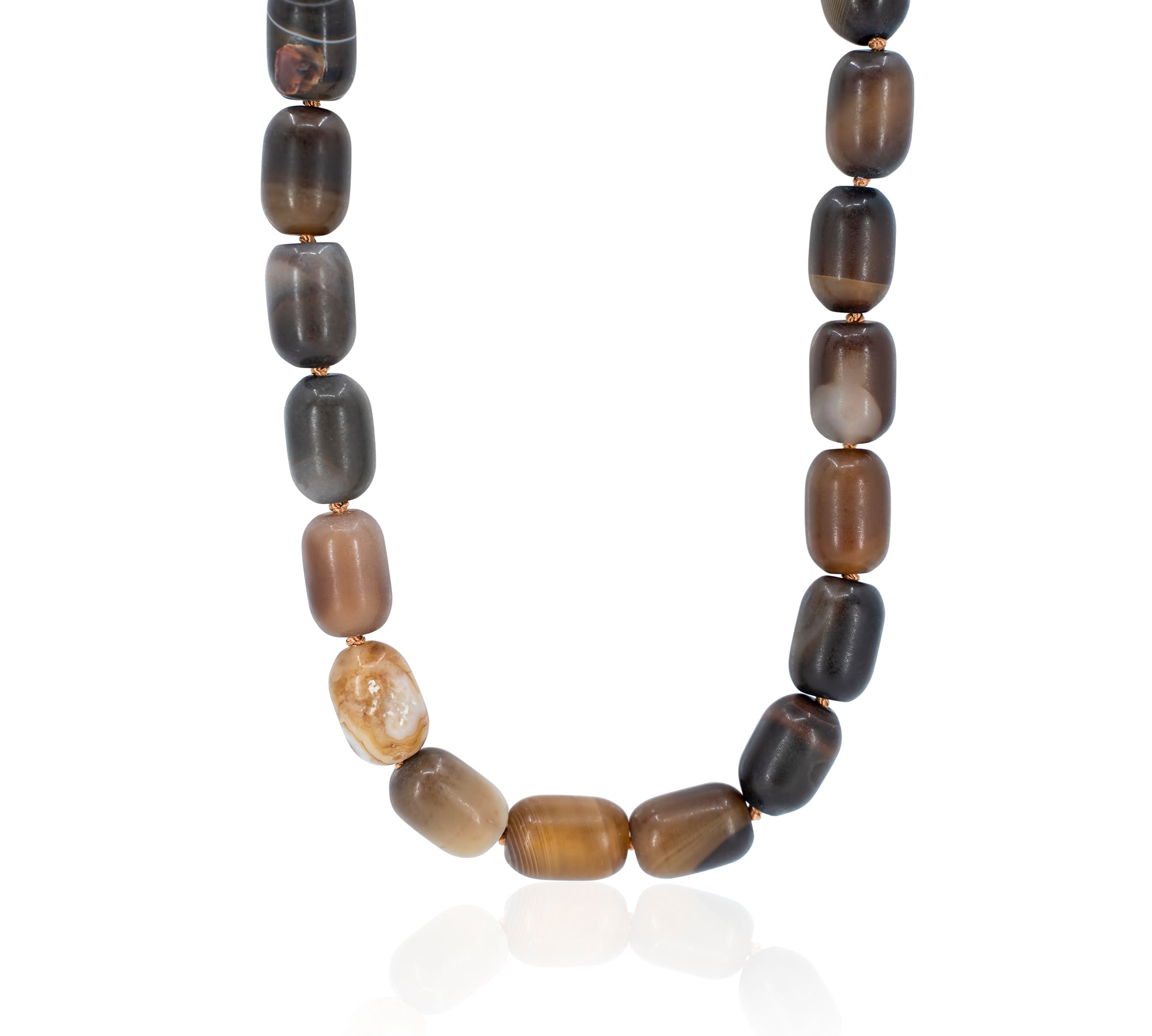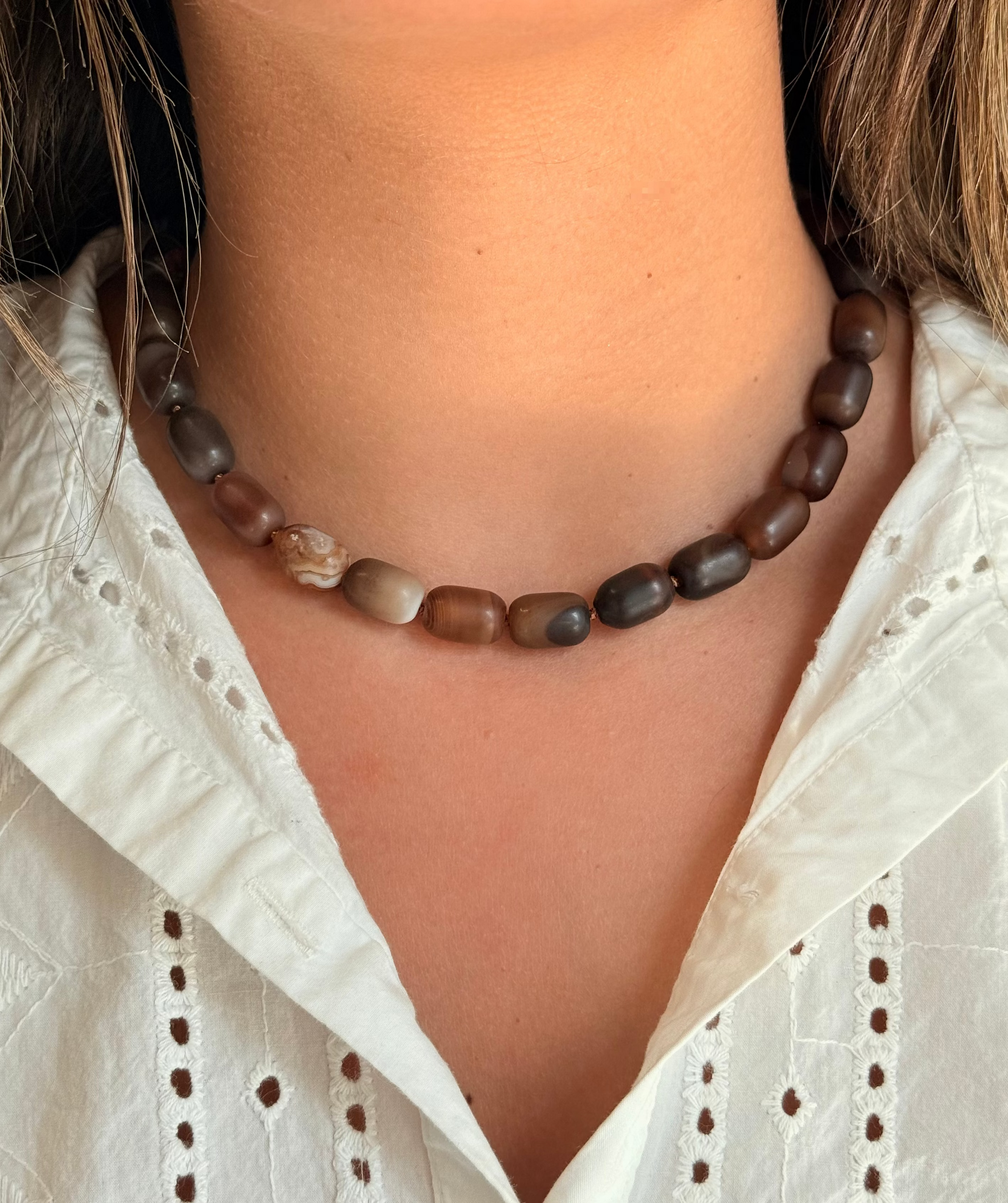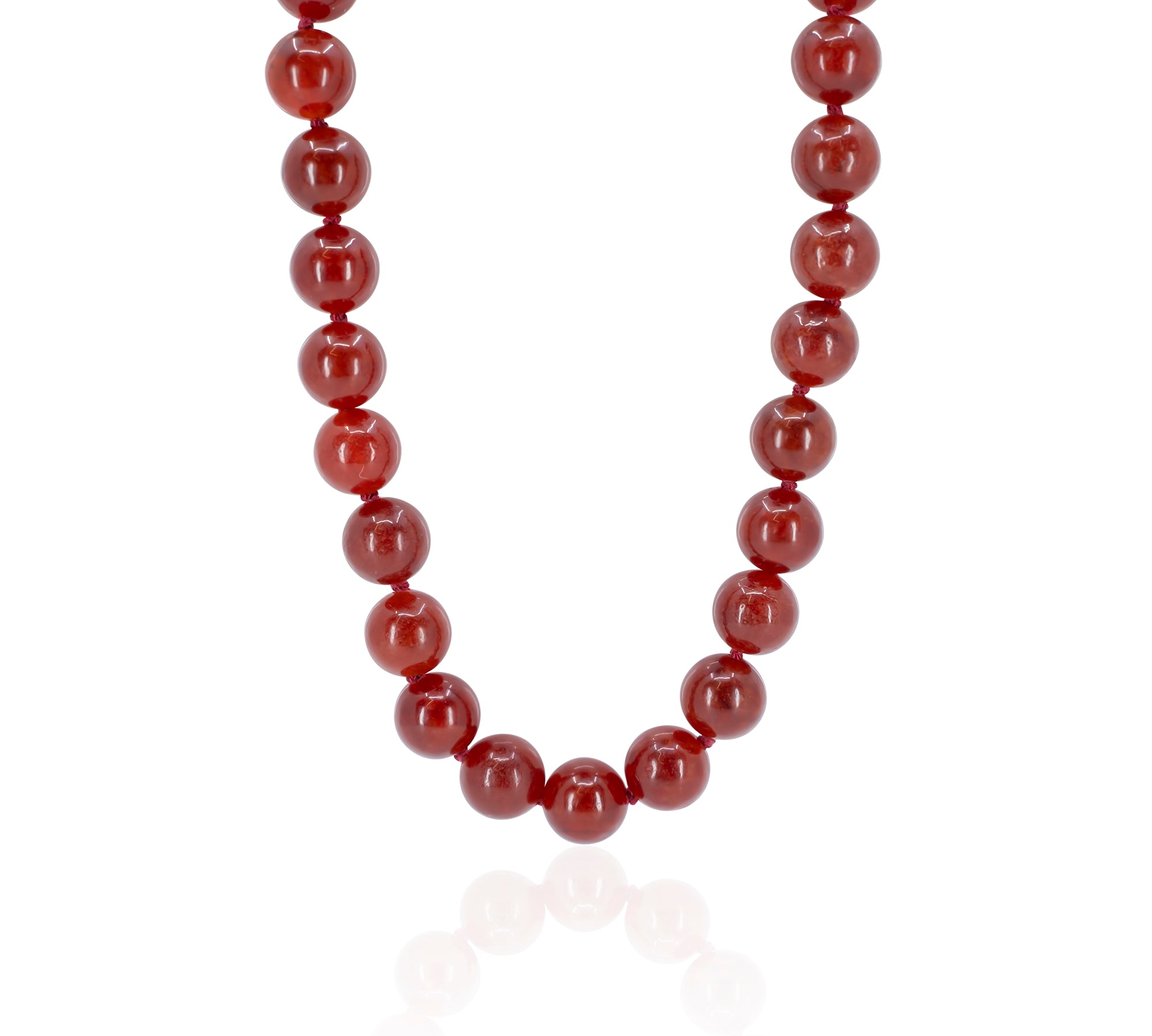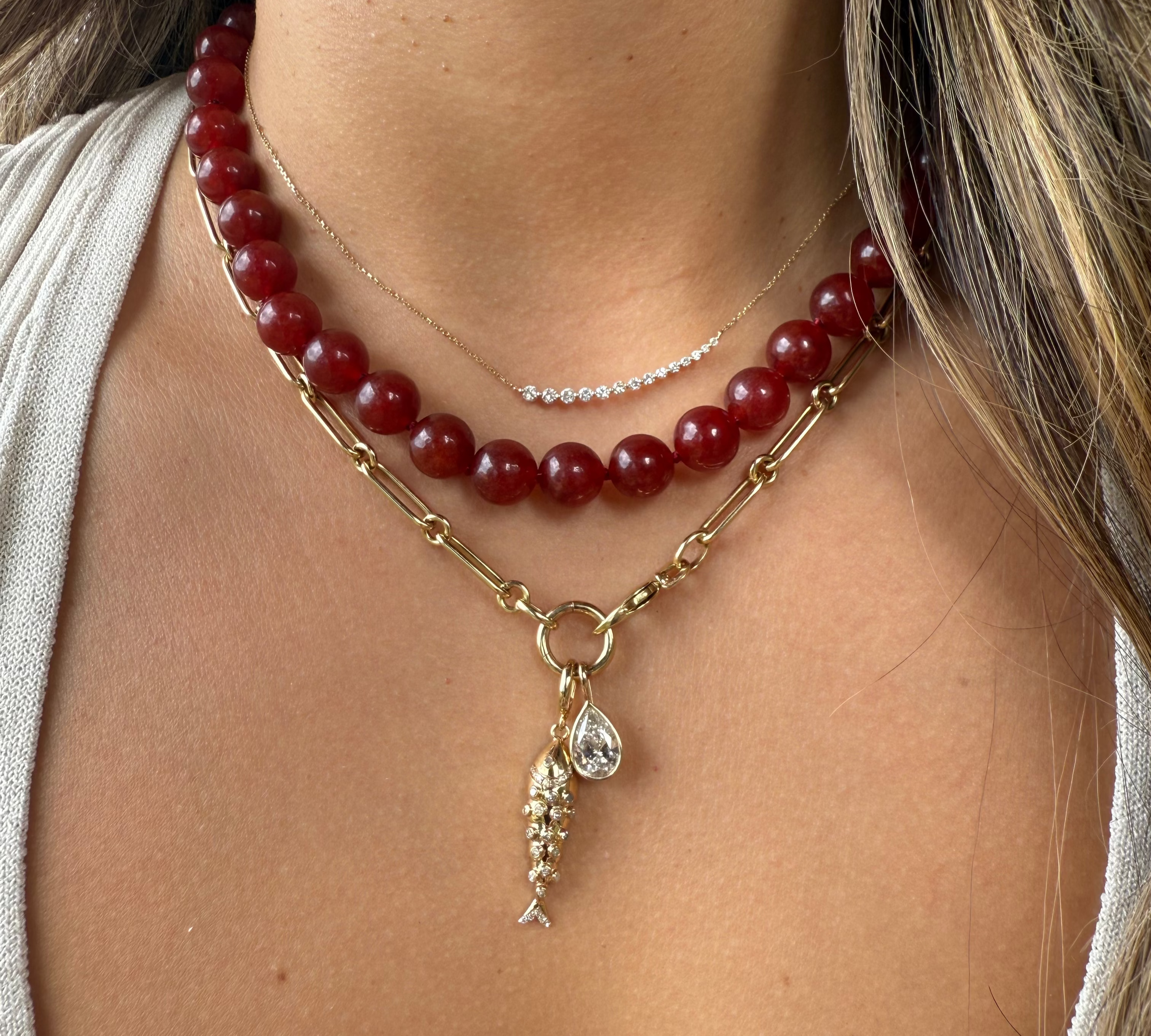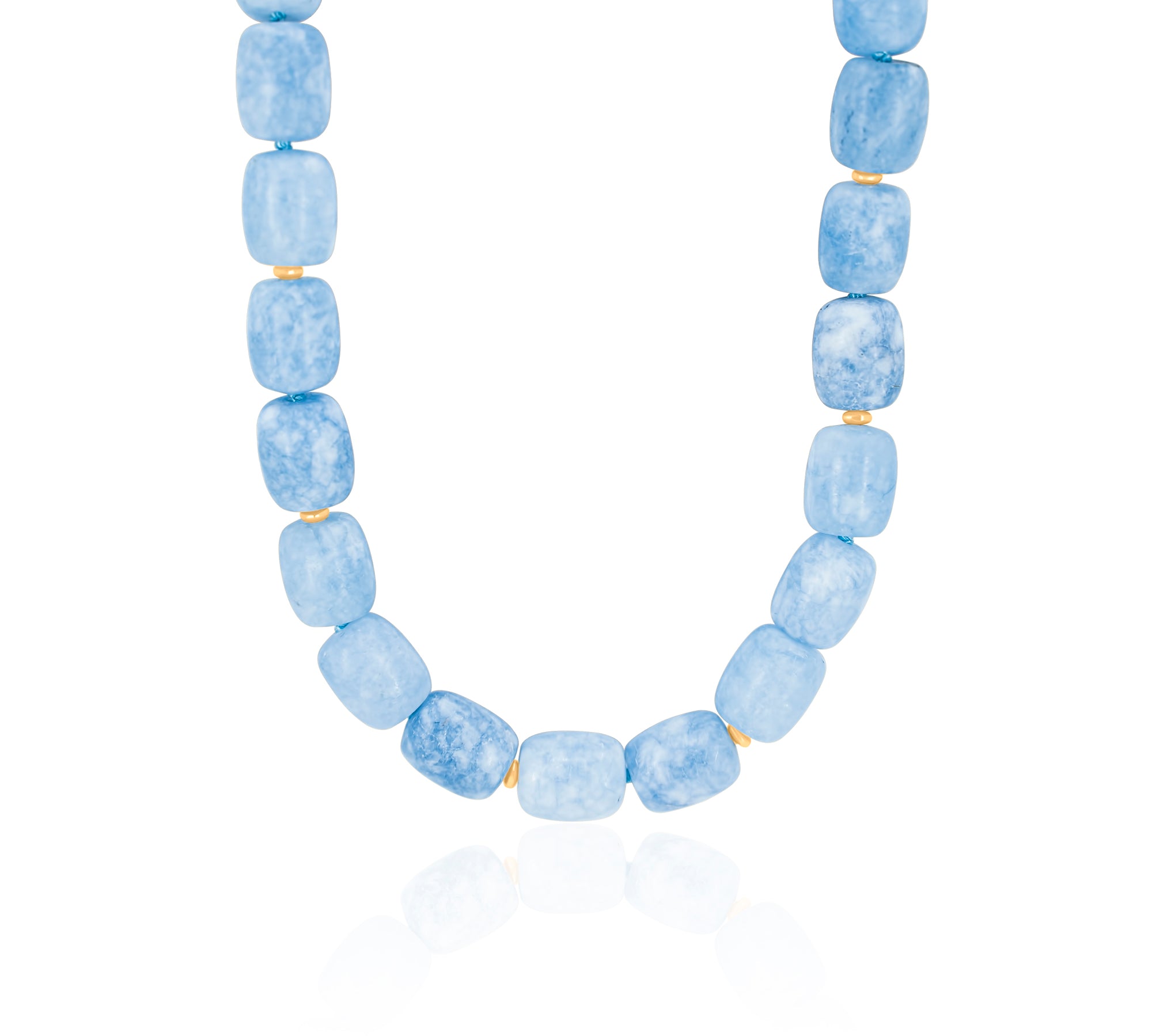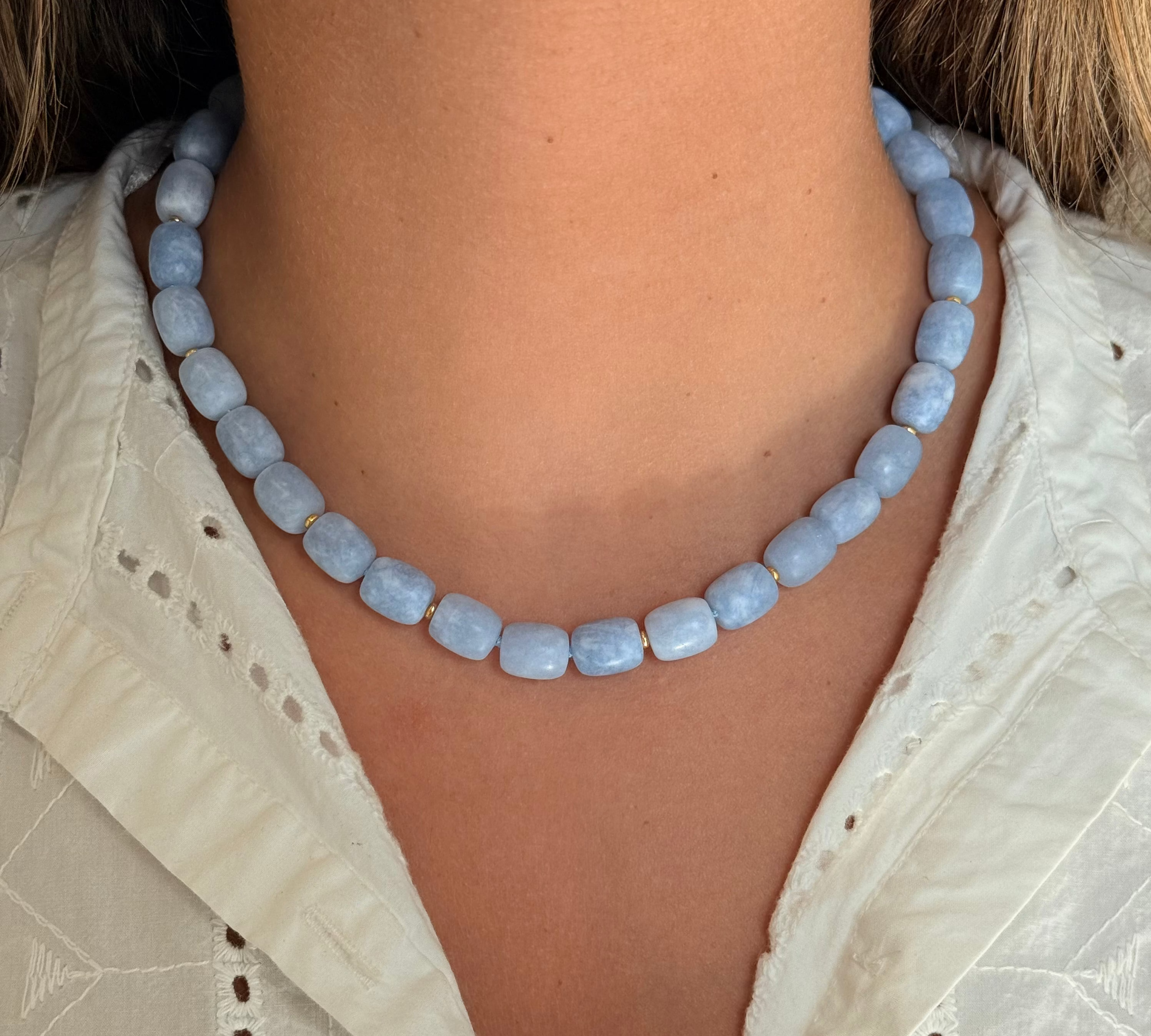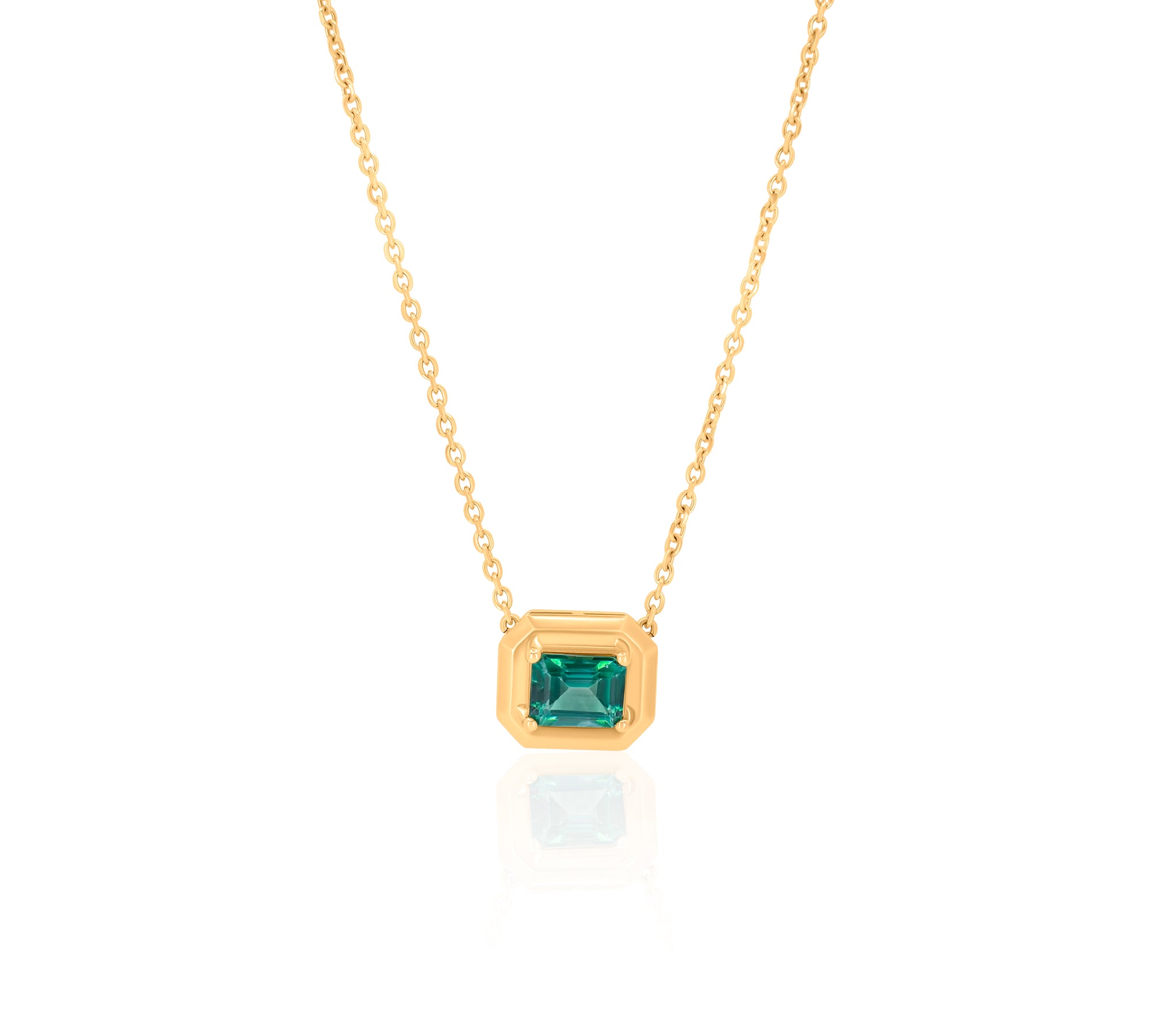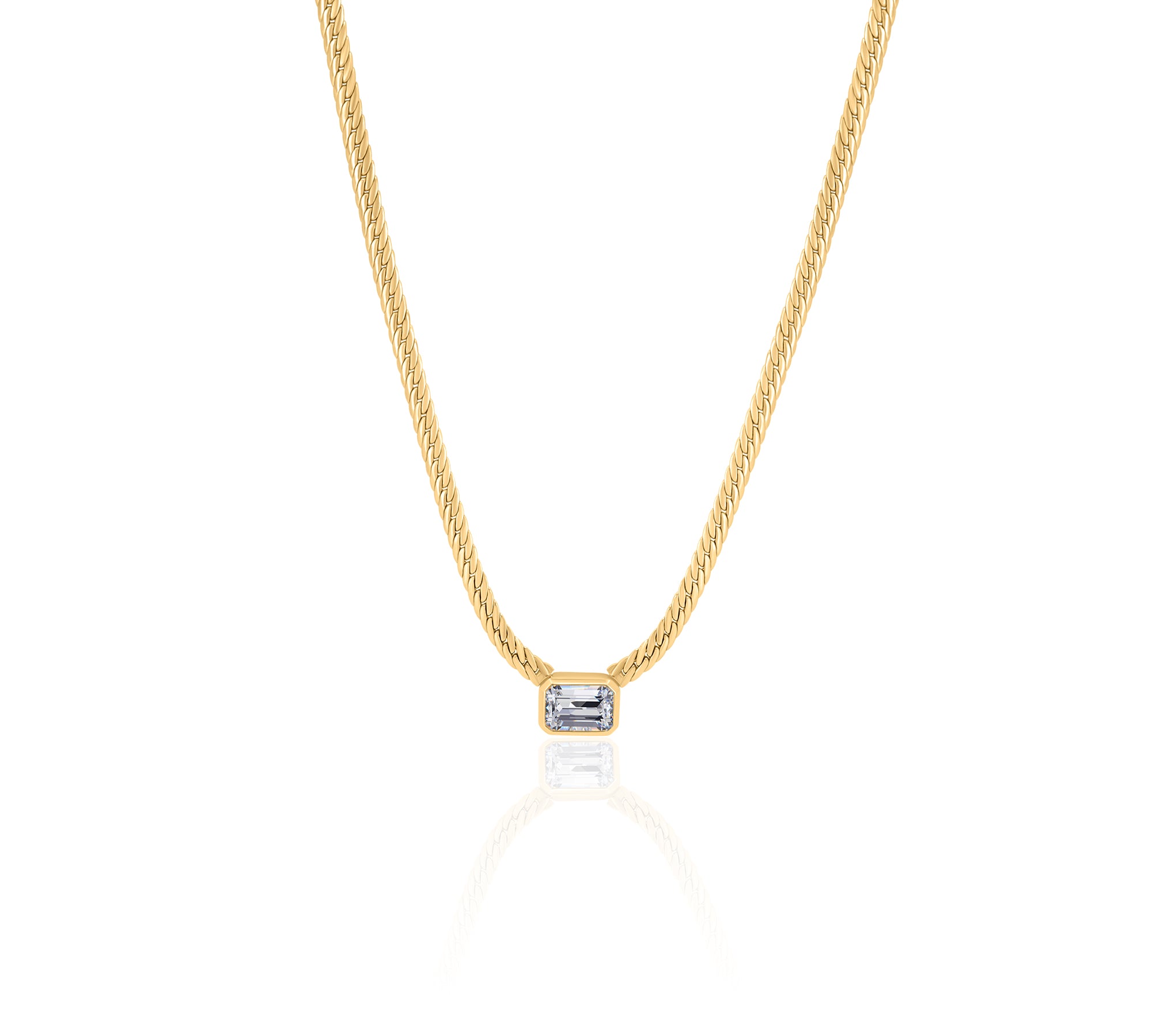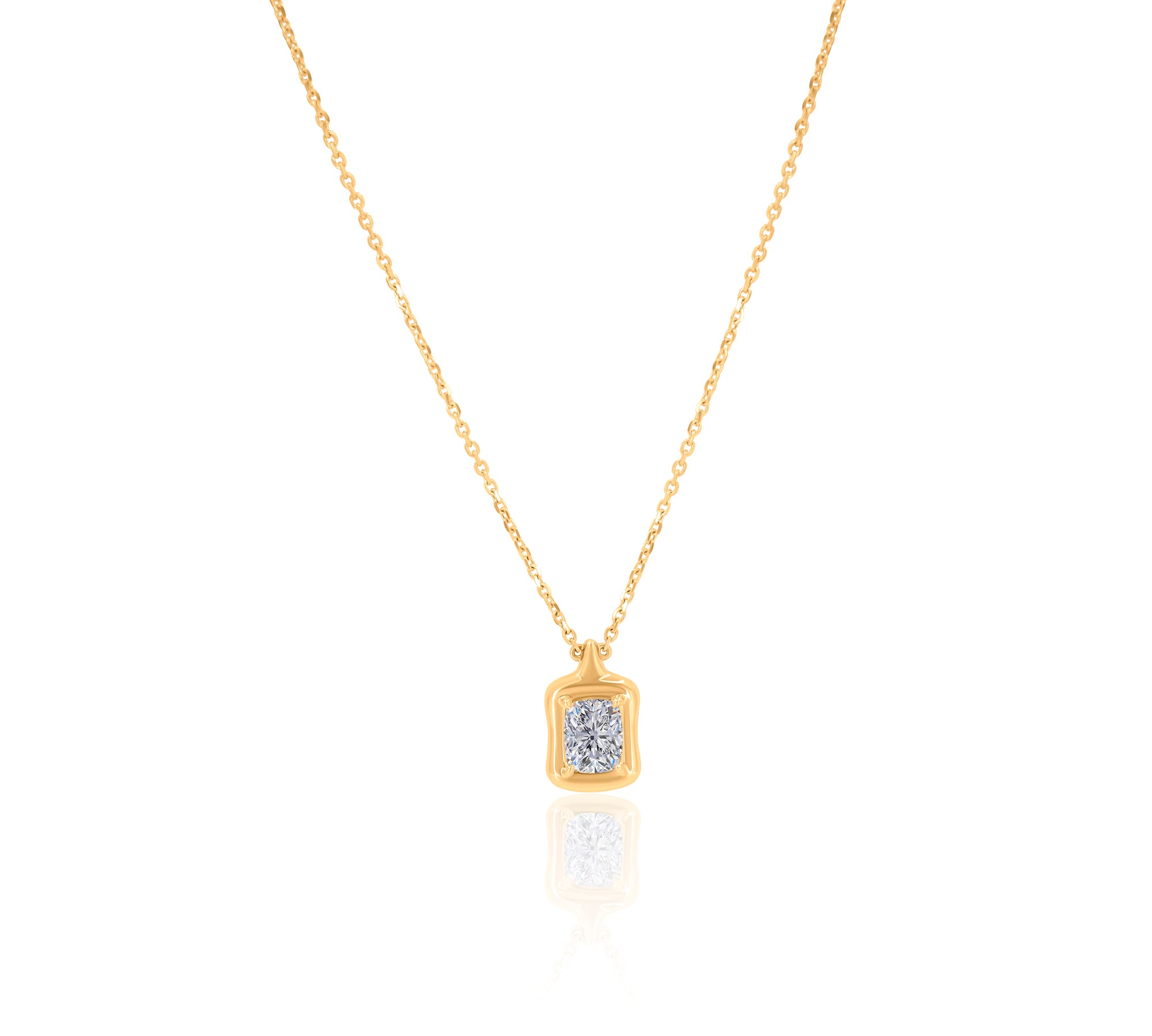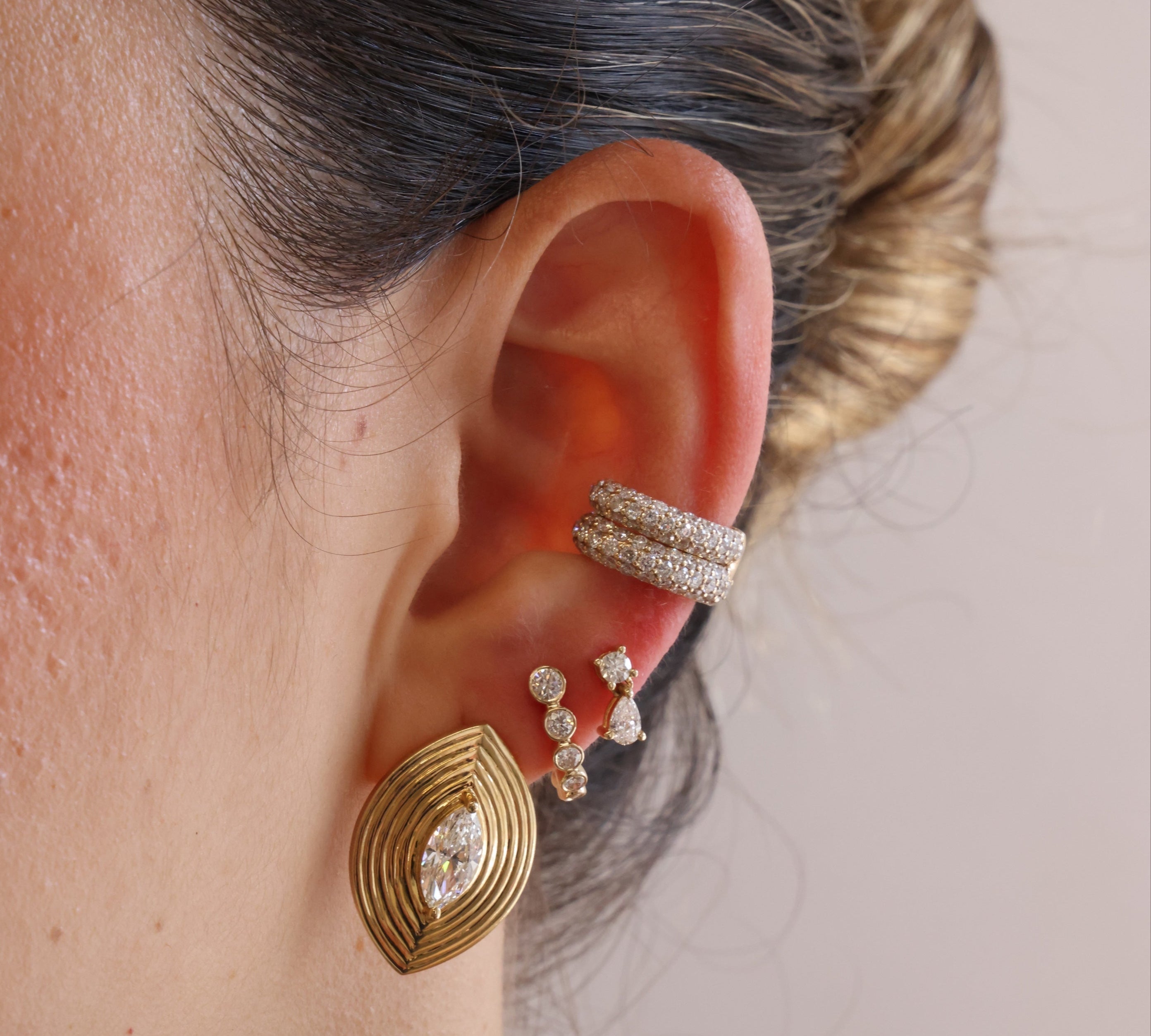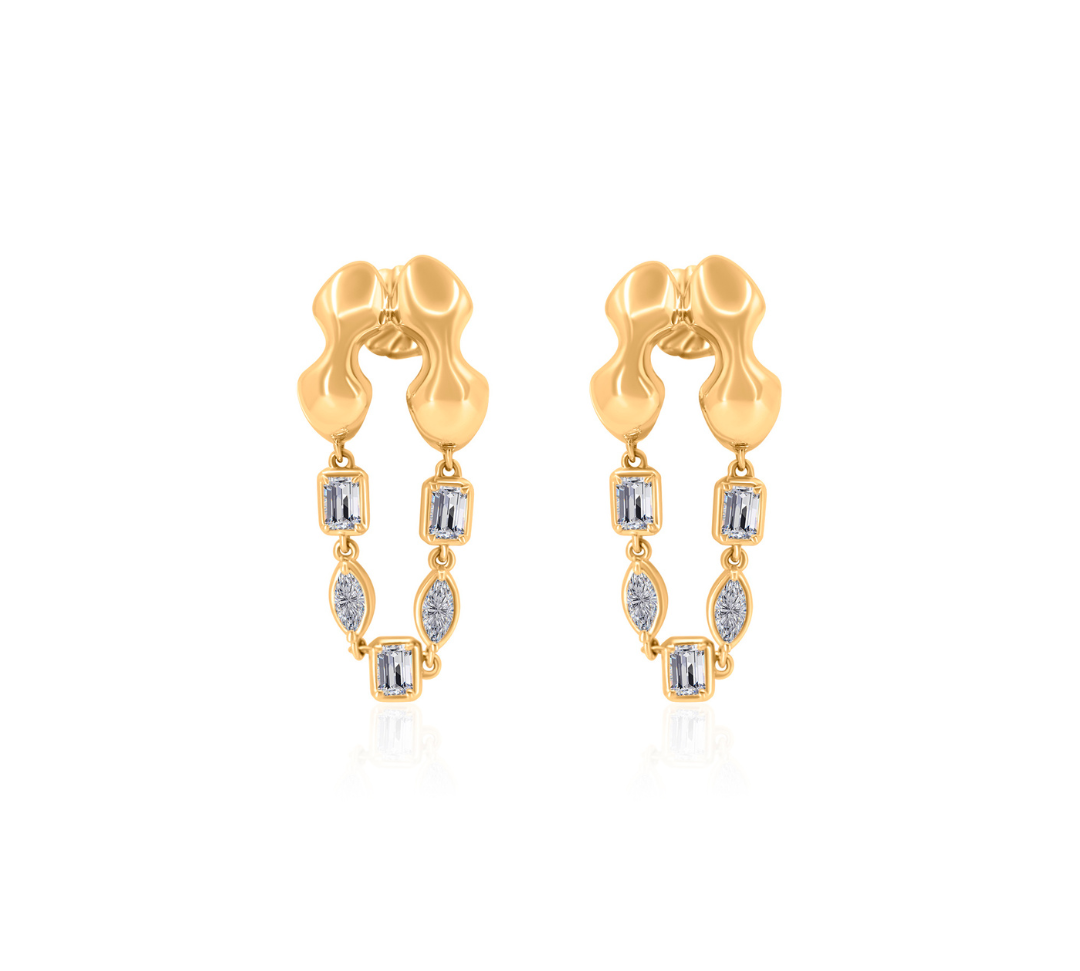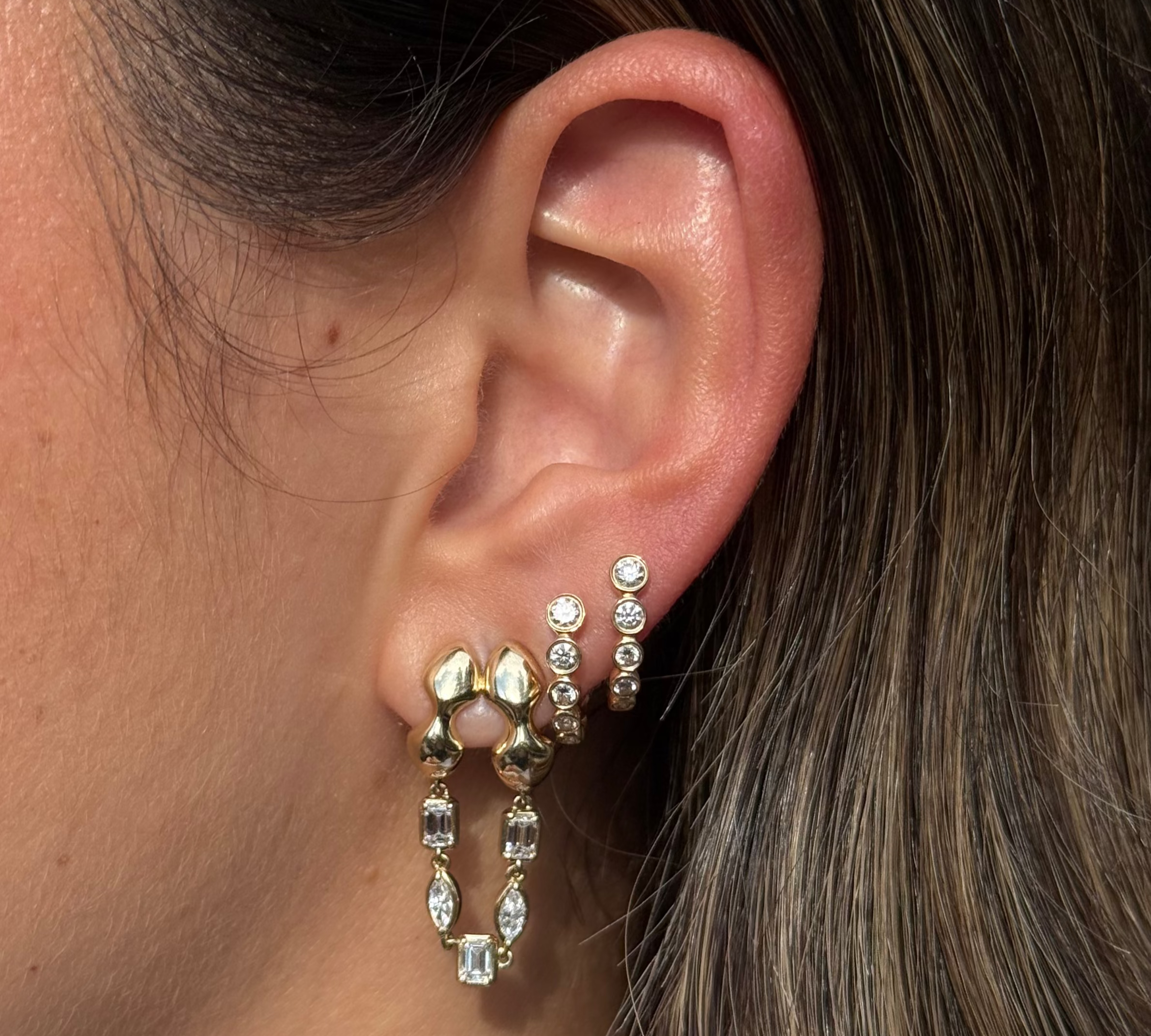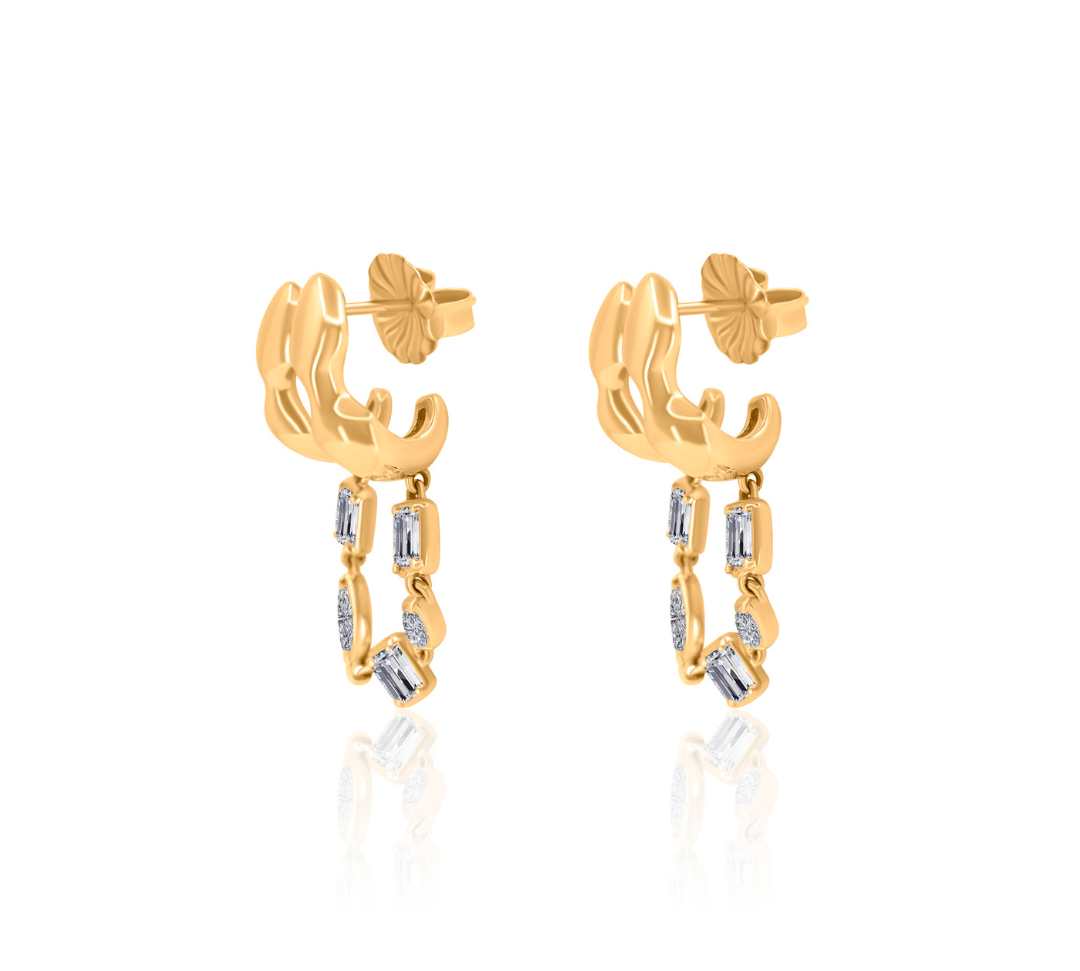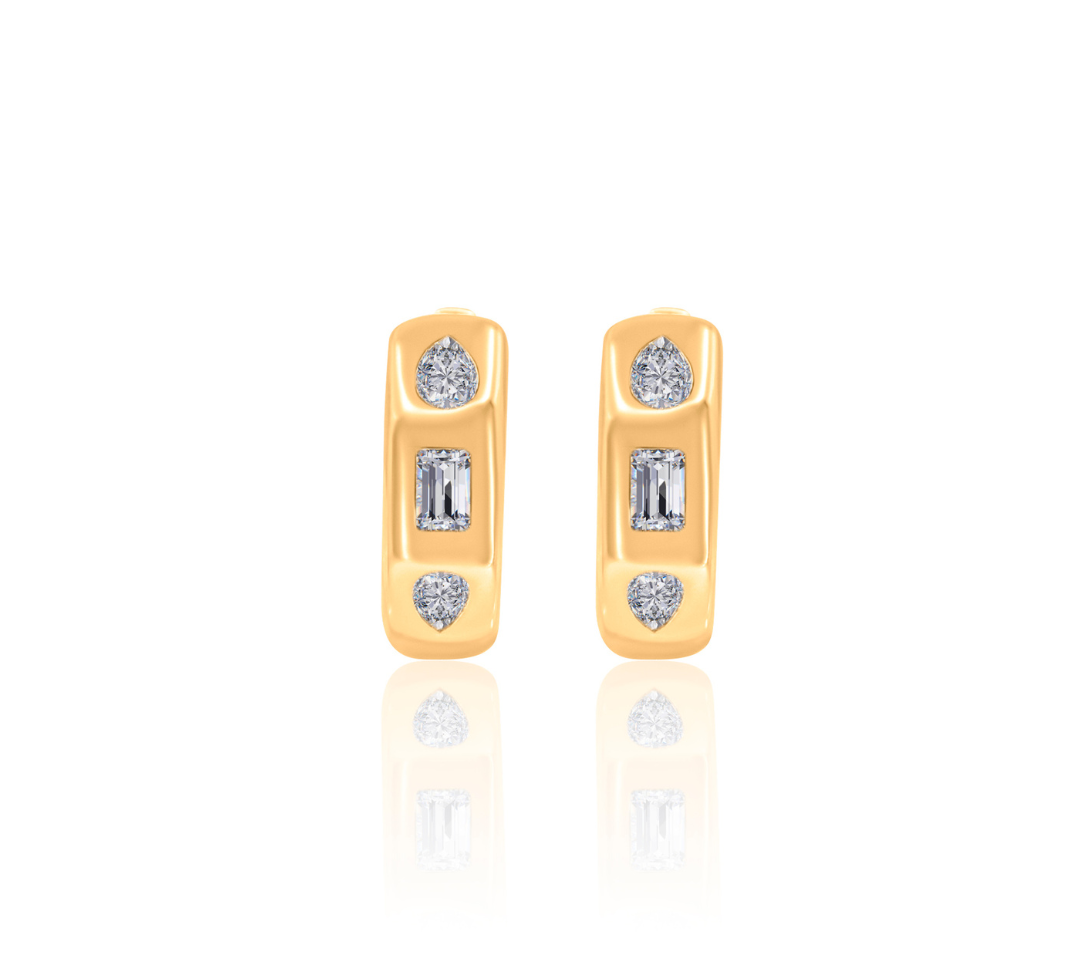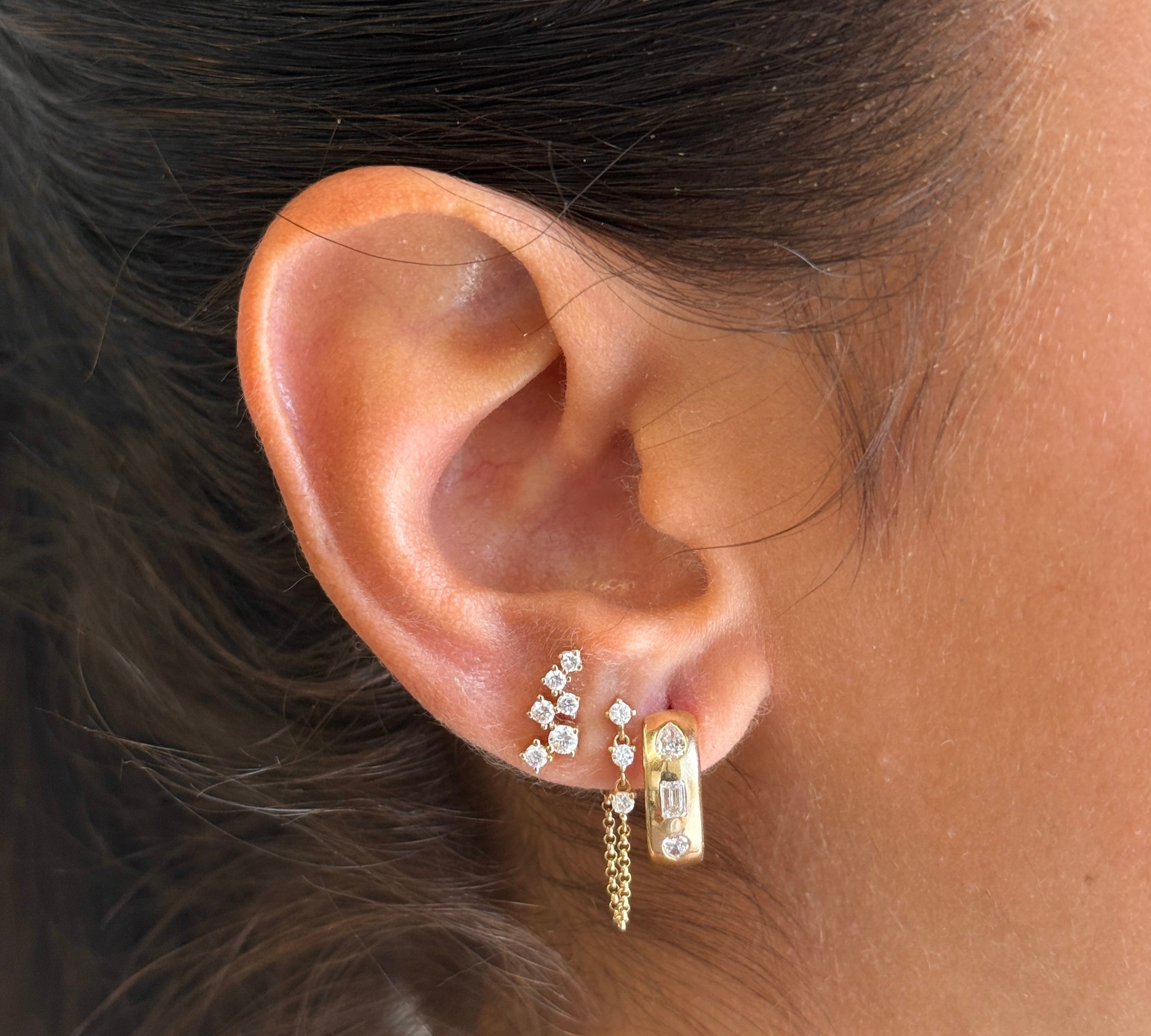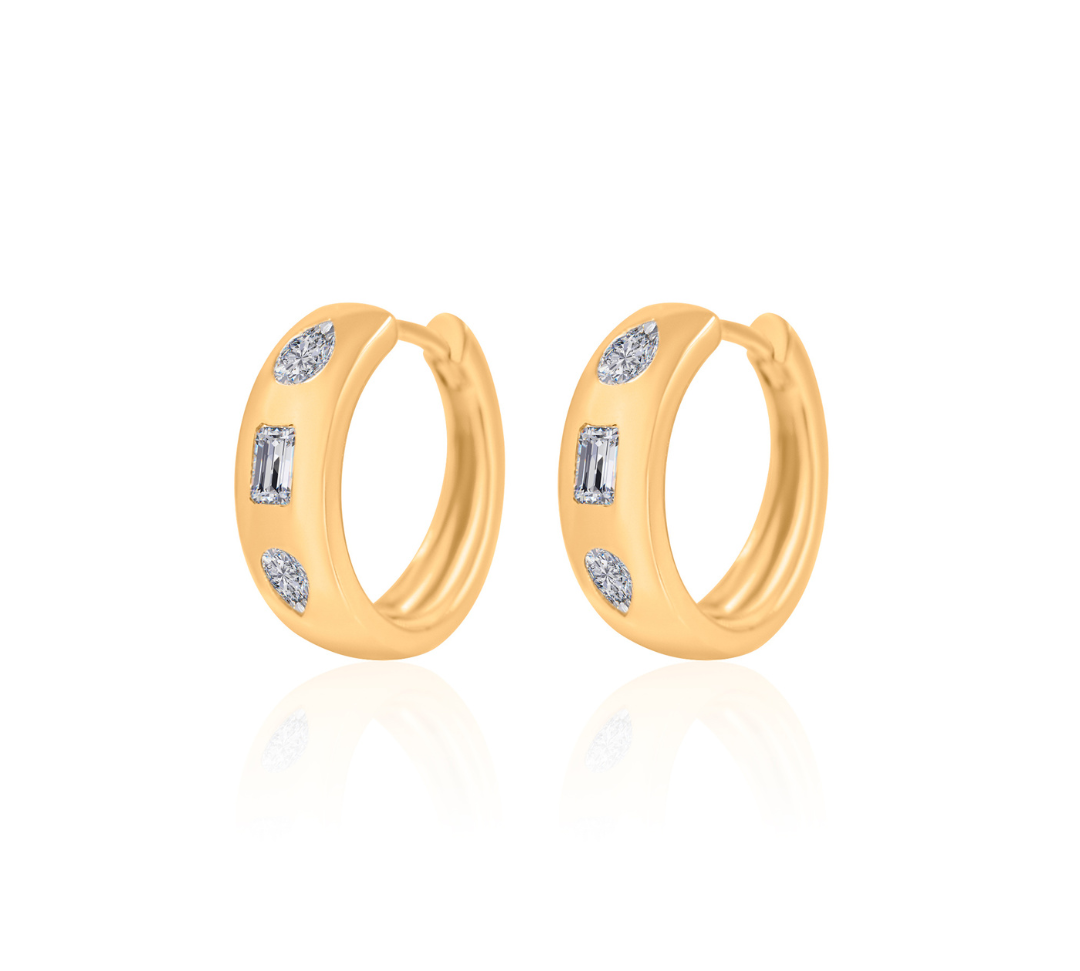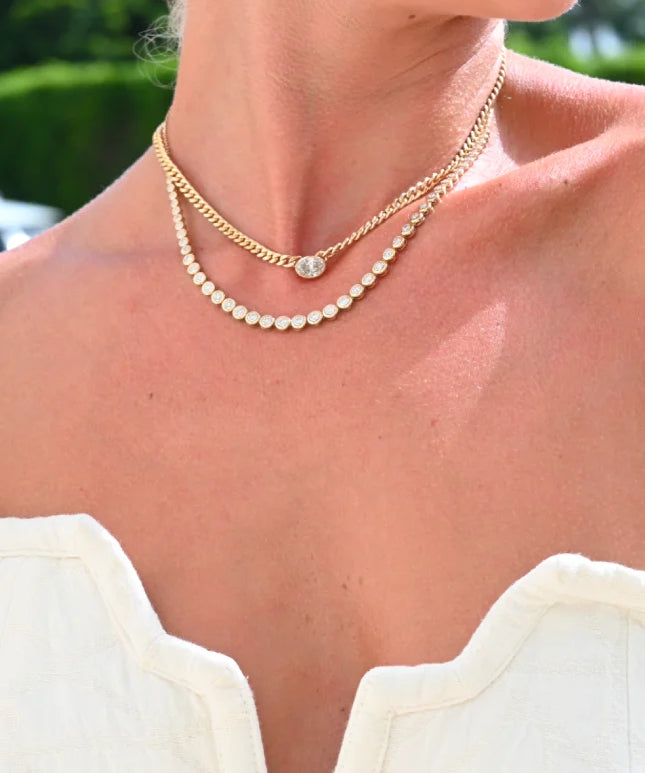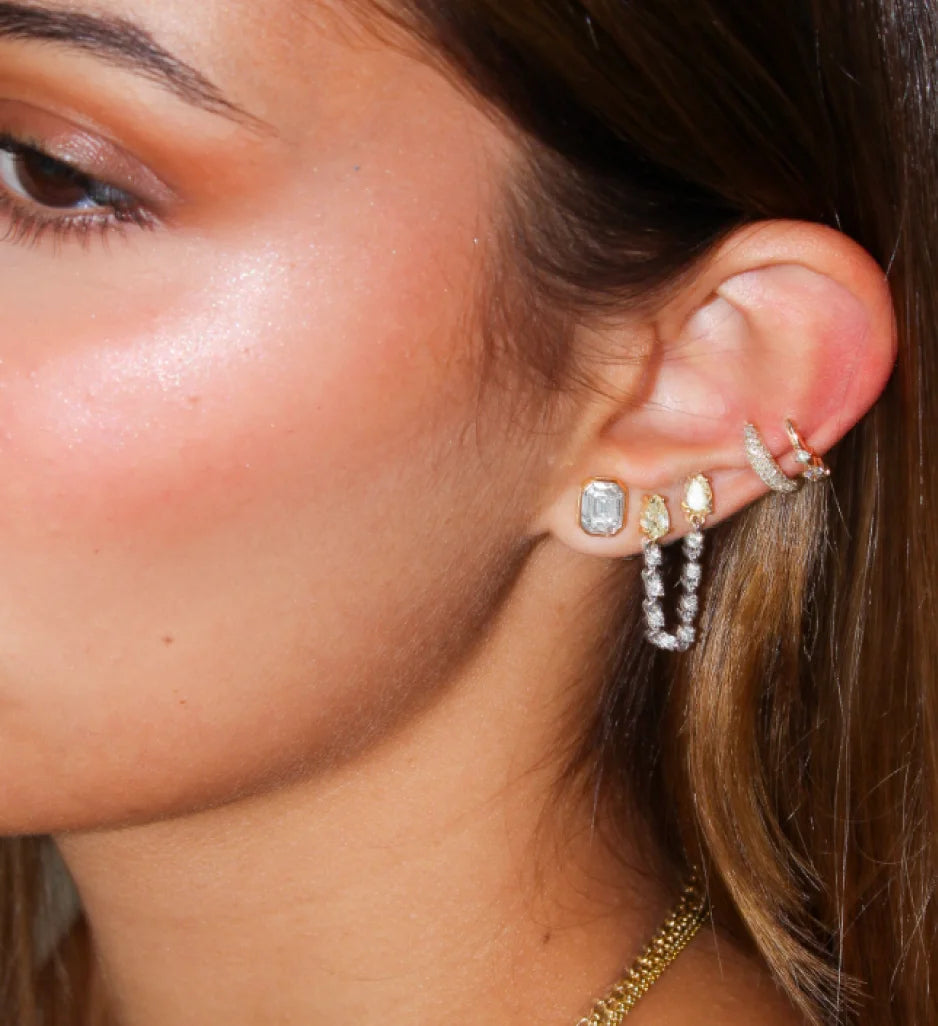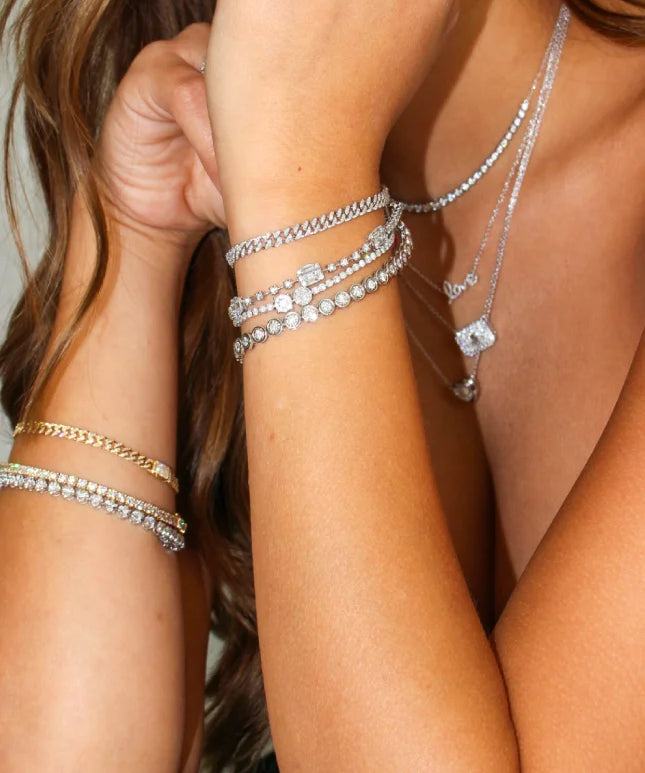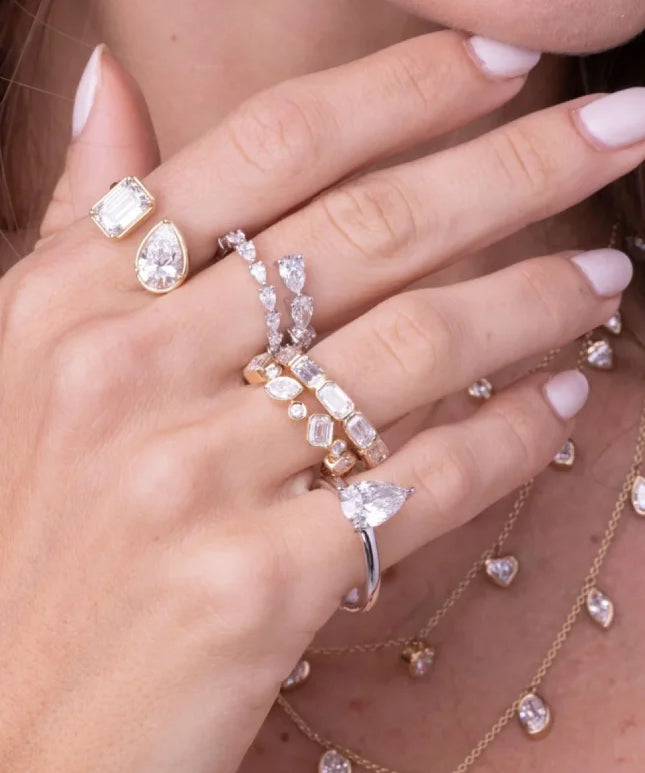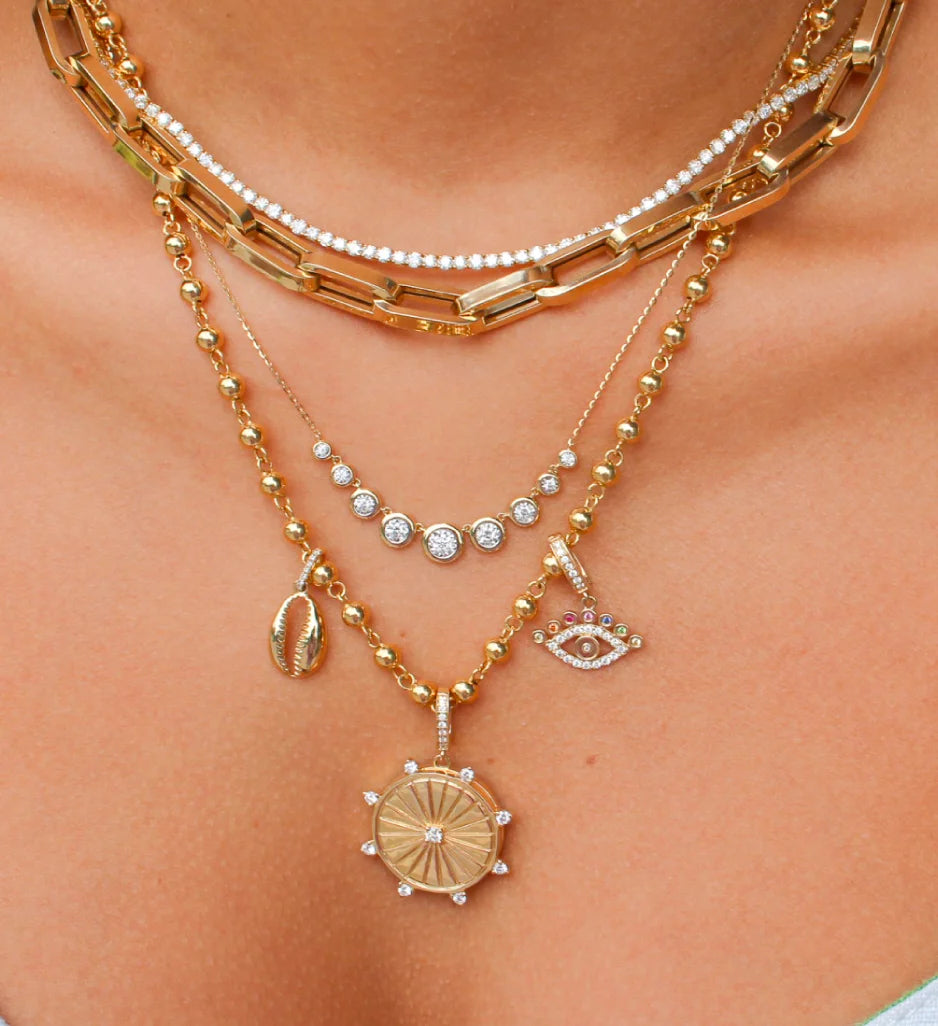Gold is a popular and timeless metal, but not all gold is the same. Have you ever noticed that some gold looks yellow, while others are white or rose-colored? Or maybe you’ve wondered why some gold pieces are heavier or cost more than others? The differences come from how the gold is mixed, its purity, and its overall makeup.
In this post, we’ll explain the different types of gold and what makes each one unique. You’ll learn how to measure gold purity, why its color can change, and what to look for when picking the right gold for jewelry or investing. Whether you’re looking for a gift or just curious, this guide will help clear things up in a simple and easy way.
Gold Purity Levels
When you shop for gold jewelry, you'll come across numbers like 10K, 14K, or 18K. These numbers show how much pure gold is in the piece compared to other metals. Pure gold is labeled as 24K, meaning it’s 100% gold with no other metals mixed in.
But pure gold is soft, which is why it’s usually mixed with metals like copper or silver to make it stronger and more durable for everyday wear.

Here’s a look at the most common gold purity levels:
10K Gold (41.7% gold)
-
Has the least amount of pure gold among the common options.
-
It’s mixed with other metals, making it strong and resistant to scratches or bending.
-
More affordable and holds up well for daily use.
-
Might look a little less shiny and could cause skin reactions for those sensitive to metals like nickel.
-
Example: 10K Gold Dainty Thin Paperclip Chain
.
14K Gold (58.3% gold)
-
A popular choice for engagement rings and everyday jewelry.
-
Offers a good balance between purity, strength, and price.
-
Has a warmer color than 10K and is less likely to cause irritation.
-
Strong enough to wear often without too much worry about damage.
- Example: 14K Gold Round Diamond Zodiac Necklace.
18K Gold (75% gold)
-
Contains more pure gold, giving it a richer, deeper yellow tone.
-
Softer than 14K but still sturdy enough for regular use, though you’ll want to be a little more careful.
-
More expensive than lower-karat options and less likely to cause allergic reactions.
-
A popular choice for luxury jewelry that needs to remain somewhat durable.
- Example: 18K Gold Diamond Cuban Link Chain Necklace.
22K Gold (91.7% gold)
-
Very close to pure gold, with a noticeably richer color.
-
Quite soft, so it’s usually used in traditional or cultural jewelry, especially in places like India or the Middle East.
-
Not great for detailed designs or pieces worn every day, as it can scratch or bend easily.
24K Gold (100% pure gold)
-
The purest gold available.
-
Has a bold, bright yellow color that stands out.
-
Very soft and malleable, making it too delicate for most everyday jewelry.
-
Often used for investment pieces like gold bars or coins, or for ceremonial jewelry.

How Purity Affects Price, Durability, and Color
Price: The more gold a piece of jewelry has, the higher the price. So, 24K gold, which is the purest, is the most expensive, while 10K gold is generally more affordable.
Durability: Lower-karat gold is mixed with other metals, making it stronger and more durable. If you wear jewelry every day, 10K and 14K are great options because they’re built to last.
Color: The more gold in the piece, the richer and warmer the color will be. 24K gold has a deep yellow tone, while 10K gold may look paler or even have a slight red or white tint, depending on what other metals are mixed in.
When choosing the right karat, consider how often you plan to wear the jewelry, how tough you are on it, and your budget. Each level of purity has its own benefits. It's all about what’s most important to you.
Types of Gold
Yellow Gold
When you think of gold, you probably imagine yellow gold, the warm, rich color that’s been a favorite in jewelry for centuries. It’s the classic gold that never goes out of style and still remains one of the top choices today.

What It’s Made Of
Yellow gold is made by combining pure gold with other metals like silver and copper. The exact mix depends on the karat. For instance:
-
14K yellow gold is 58.3% gold, mixed with 41.7% other metals.
-
18K yellow gold is 75% gold, which gives it a deeper color and a softer feel.
The added metals help make the gold stronger and slightly adjust its color, but it still keeps that signature golden shine.
Why People Love It
Yellow gold has a timeless appeal. It’s been used for everything from wedding rings to royal jewelry, and its classic look makes it a favorite for many. It tends to look especially good on warmer skin tones, but honestly, it suits almost anyone, depending on the style.
Because yellow gold is such a traditional metal, it often carries a lot of sentimental value. People choose it for engagement rings, wedding bands, and special pieces that are meant to be passed down for generations.
Common Uses in Jewelry
-
Wedding bands and engagement rings – especially those with a vintage or classic style
-
Necklaces and chains – from simple designs to bold statement pieces
-
Bracelets and bangles – often paired with gemstones or stacked for added style
-
Earrings – yellow gold hoops or studs are always a classic choice
Yellow gold is also a popular choice for custom or handmade jewelry because it’s easier to work with than some other types of gold.
If you love jewelry with a warm glow and a timeless look, yellow gold is a great pick. It’s one of those styles that never goes out of fashion.
White Gold
White gold has a smooth, silvery look that feels both modern and timeless. It's a favorite for engagement rings, wedding bands, and everyday jewelry, especially if you like cooler-toned metals but still want the strength and value of gold.

What It’s Made Of
White gold starts with pure yellow gold, which is mixed with white metals like palladium, nickel, or silver. These metals soften the yellow color, giving the gold a lighter, more neutral tone. The result is a metal that keeps the shine and durability of gold but with a white or grayish appearance.
Depending on the mix, white gold can have a slightly warm or cool tint. That’s where rhodium plating makes a difference.
The Role of Rhodium Plating
Most white gold jewelry is coated with a thin layer of rhodium, a bright white metal from the platinum family. Rhodium gives white gold a clean, shiny finish and makes it more reflective.
It also adds a bit of protection, helping to reduce tarnish and make the surface more scratch-resistant. Over time, the rhodium layer can wear off, but that’s completely normal. A jeweler can easily reapply the plating to bring back that fresh, polished look.
Why People Choose White Gold
-
Modern style: White gold has a simple, elegant look. It pairs well with diamonds and cool-colored gemstones like sapphires, aquamarines, or emeralds.
-
Easy to wear: It fits in with both casual and dressy outfits, making it a great choice for daily wear or special occasions.
-
Affordable alternative to platinum: White gold looks similar to platinum but is usually more budget-friendly and lighter in weight.
-
Flattering for many skin tones: People with cool or neutral skin tones often find that white gold complements their complexion beautifully.
If you love the look of silver or platinum but want the quality and value of gold, white gold is a great option. It’s classic, stylish, and just the right amount of fancy without going over the top.
Examples of white gold jewelry:
Rose Gold
Rose gold has a soft, rosy glow that feels warm and romantic. It’s not as bright as yellow gold or as cool as white gold. It sits somewhere in between, which gives it a fresh and slightly different look. Even though it’s been around for over 100 years, it has become very popular again in recent years.

What It's Made Of
Rose gold is a mix of pure gold and copper. The copper gives it that beautiful pink color. Sometimes a bit of silver is added to soften the tone and balance the color.
Here’s a simple breakdown:
-
18K rose gold is 75% gold, with copper and a small amount of silver
-
14K rose gold is 58.3% gold and has more copper, so it usually looks a bit redder
Copper doesn’t just change the color. It also makes rose gold stronger than yellow or white gold in the same karat.
Why People Love It
-
It has a soft and romantic look. The pink tone gives it a cozy, vintage feel that many people love. It’s a popular choice for engagement rings and meaningful gifts.
-
It works with every skin tone. Whether your skin is fair, medium, or deep, rose gold tends to look great on everyone.
-
It suits all styles. Rose gold is found in jewelry for women, men, and gender-neutral designs. It shows up in everything from rings and bracelets to watches and tech accessories.
Whether you prefer simple jewelry or bold pieces, rose gold brings a touch of charm and character.
How It Holds Up
Rose gold is strong and durable because of the copper in it. Unlike white gold, it doesn’t need a special coating, and it holds up well to everyday wear.
Over time, the color may get a little deeper. Many people like this change, since it adds a slightly vintage feel. Rose gold is easy to care for and stays beautiful as it ages.
If you want something that feels a little different but still timeless, rose gold is a great choice. It has warmth, strength, and a style that stands out in a quiet and lovely way.
Examples of rose gold jewelry:
Green Gold and Other Uncommon Types of Gold
When most people think of gold, they picture the usual shades: yellow, white, or rose. But gold actually comes in some lesser-known colors too. These aren't what you'd typically find in a jewelry store, but they definitely stand out, especially if you’re into pieces that feel a little different.
Green Gold
Yes, green gold is a real thing. Also known as electrum, it’s been around for ages. It’s made by mixing gold with silver (and sometimes a touch of cadmium), which gives it a soft green tint. It’s not bright or flashy. Think more earthy and subtle.
You’ll usually see green gold in custom or artsy jewelry where designers are playing around with color in creative ways. It gives off an antique or organic vibe and works well for someone who likes jewelry that’s a bit off the beaten path.

Blue, Purple, and Black Gold
These are even more unusual, and they’re not just made by mixing metals. They often involve special techniques or coatings.
-
Blue gold is made by blending gold with indium or gallium. It has a cool shimmer, but because it can be a little brittle, it’s usually used in small details or accents.
-
Purple gold comes from combining gold with aluminum. The color is bold and regal, but like blue gold, it’s on the delicate side, so it’s not used in high-wear pieces.
-
Black gold gets its color through things like black rhodium plating or laser treatments. It has a deep, dark matte look that works well for bold, fashion-forward styles.

Why Some People Love These Unusual Golds
These rare gold colors aren’t something you’ll see every day, and that’s exactly the point. They’re made for people who want something different, something that doesn’t follow traditional jewelry rules.
Designers often use them in:
-
One-of-a-kind or limited-edition designs
-
Custom-made pieces
-
Modern, artsy collections
-
Jewelry that’s more about creativity than convention
If you love jewelry that tells a story or sparks conversation, these offbeat gold colors might be just what you're looking for. They’re fun, unexpected, and made for people who like to stand out.
Solid Gold vs Gold-Filled vs Gold-Plated
When you’re shopping for gold jewelry, you might come across terms like solid gold, gold-filled, and gold-plated. While they all sound similar, there are key differences in how they’re made and how long they last. Understanding these differences can help you make a more informed choice, especially if you're looking for something that will stand the test of time.
Solid Gold
Solid gold is exactly what it sounds like real gold all the way through. The purity of the gold is measured in karats (like 14K or 18K). Solid gold is more expensive, but it’s durable, won’t fade, and is great for sensitive skin. If you’re looking for something that will last a long time, solid gold is the way to go.

Gold-Filled
Gold-filled jewelry has a thick layer of real gold bonded to a base metal, like brass. It’s not solid gold all the way through, but the gold layer is much thicker than what you’ll find in gold-plated jewelry. Gold-filled pieces look and feel like solid gold and can last a long time if you take care of them.
Gold-Plated
Gold-plated jewelry is made by applying a thin layer of gold onto a base metal using a process called electroplating. It’s the most affordable option, but because the gold layer is so thin, it can wear off over time especially if you wear the piece a lot.
How to Tell the Difference
-
Stamp or Marking: Solid gold will usually have a stamp like "14K" or "18K." Gold-filled jewelry might say “GF” or “1/20 14K GF.” Gold-plated jewelry might have “GP” stamped on it, or sometimes no stamp at all.
-
Price: If something is labeled as gold but is super cheap, it’s probably plated or filled.
-
Wear and Tear: Over time, gold-plated jewelry may start showing the base metal underneath, especially on pieces like rings or bracelets that get a lot of contact.
Which is Best for Long-Term Wear?
-
Solid Gold is perfect for pieces you want to wear every day or keep for the long run, like wedding rings or heirloom necklaces. It’s the most durable option.
-
Gold-Filled is a great middle-ground. It’s more affordable than solid gold, but still tough enough for daily wear.
-
Gold-Plated is best for trendy pieces or jewelry you only wear occasionally. The gold layer will likely fade over time, so it’s ideal for short-term use.
If you’re looking for something that’ll last for years, solid gold or gold-filled is the way to go. But if you’re just after a fun, stylish piece without spending a lot, gold-plated can work just fine. It really depends on your budget and how often you plan to wear it.
Which Type of Gold is Best for You?
Choosing the right type of gold depends on your lifestyle, skin sensitivity, budget, and personal taste. Here’s a simple guide to help you decide which gold fits your needs best.
Considerations Based on Lifestyle, Skin Sensitivity, and Budget
Lifestyle: If you wear jewelry daily, like a wedding band or favorite earrings, you’ll want something that can stand up to everyday wear. Solid gold is a great option because it’s durable and won’t easily tarnish.
If you’re looking for something more affordable but still long-lasting, gold-filled jewelry is a solid choice. For jewelry you wear occasionally, like a trendy necklace or earrings, gold-plated options are lighter and more budget-friendly.
Skin Sensitivity: If you have sensitive skin, especially to metals like nickel, solid gold (18K or higher) is the way to go since it’s hypoallergenic. Gold-filled jewelry is also a good option because it contains a good amount of gold, making it gentle on the skin.
Gold-plated pieces can be fine at first but might cause irritation if the gold layer wears off and exposes the base metal beneath. If you have sensitive skin, it's best to avoid them.
Budget: Solid gold is the most expensive option, but it’s an investment that will last for years. Gold-filled jewelry is more affordable and holds up better than gold-plated options.
Gold-plated jewelry is the most budget-friendly and perfect for trendy pieces you want to wear for a season or two. However, keep in mind that it may need replacing once the gold layer starts to fade.

Style Preferences and Personal Taste
Classic vs. Trendy: If you love classic, timeless jewelry, solid gold is perfect. It never goes out of style and will last a lifetime. If you’re into keeping up with trends, gold-plated jewelry is a great way to experiment with new styles without committing to a high price tag. Gold-filled jewelry offers a balance, being both stylish and more affordable than solid gold
Color and Shine: Some people love the warm glow of yellow gold, while others prefer the modern, sleek look of white gold or the romantic charm of rose gold. Think about what colors fit your wardrobe and personal style best. If you’re looking for something more unusual, you might enjoy green gold or black gold.
Jewelry Collection: If you’re building a collection of pieces you’ll wear often, solid gold is a great choice since it will stay in good condition for years. For fun, trendy statement pieces, gold-plated jewelry is an affordable way to try new designs without breaking the bank.

No matter your style, there’s a type of gold for you. Whether you’re after something for everyday wear, a special occasion, or trendy accessories, the right gold will fit your needs, budget, and taste perfectly.
Your Guide to Different Types of Gold
Gold isn’t just one thing. It comes in different colors, levels of purity, and styles, and each one has its own vibe. Some people love the warm, classic feel of yellow gold. Others go for the soft pink tone of rose gold or the clean, modern look of white gold. There’s something for everyone.
It also helps to know what you’re buying. Solid gold, gold-filled, and gold-plated pieces all look great, but they wear differently and come at different price points. So depending on your skin, lifestyle, and budget, one might be a better fit than the others. And if you’re into something a little off the beaten path, green, blue, or black gold can be a fun twist.
At the end of the day, the best kind of gold is whatever makes you feel good when you wear it. Whether it’s your everyday go-to or something you save for special nights, gold just has a way of making things feel a little more special.
Now that you know what’s out there, you’re ready to find something that really suits you and shine a little brighter while you’re at it.
FAQs
Is 24K gold better than 14K gold?
Not really. It just depends on what you’re looking for. 24K gold is pure, which means it's softer and has a bright, rich yellow color. It looks beautiful, but it’s not the best for everyday wear since it can scratch or bend more easily. 14K gold has other metals mixed in, so it’s stronger and more durable. That makes it a great choice for things like rings or bracelets you wear often.
Can gold-plated jewelry tarnish?
Yes, it can. Gold-plated pieces only have a thin layer of gold on top, so that layer can wear off over time, especially if you wear it in the shower or put on lotion while wearing it. Once the gold starts to fade, the metal underneath can tarnish or change color.
What type of gold is best for sensitive skin?
If you have sensitive skin, higher karat gold like 18K or 22K is usually the safest bet. It has less of the metals that can cause irritation. Gold-filled jewelry is also a good option. Try to steer clear of lower-quality gold-plated pieces, especially ones that might have nickel in them.
Why does gold come in different colors?
Gold is naturally yellow, but when it’s mixed with other metals, it can take on new shades.
-
White gold comes from mixing in palladium or nickel
-
Rose gold gets its pink tint from copper
-
Green gold is made with silver
These blends give you more style options to choose from.
How can I tell if something is real gold?
Check for a small stamp somewhere on the piece like “14K,” “18K,” or “24K.” That shows how much real gold is in it. You might also see “GF” for gold-filled or “GP” for gold-plated. If you're unsure, a jeweler can test it, or you can use a gold testing kit at home.
Is rose gold made with real gold?
Yes. Rose gold is real gold mixed with copper to give it that warm, rosy color. Just like other types of gold, it comes in different karats depending on how much pure gold is used.
Does white gold turn yellow over time?
It can, but that’s normal. White gold is actually a pale yellow color underneath. It’s usually coated with rhodium to make it look bright and shiny, but that coating wears off eventually. A jeweler can reapply it to make it look brand new again.
Is gold-filled jewelry worth it?
Yes. Gold-filled jewelry has a thick layer of real gold, so it looks and feels a lot like solid gold but costs way less. It also holds up much better than gold-plated pieces, especially if you plan to wear it often.
Can I wear gold jewelry in the shower?
It depends on the type. Solid gold is usually okay, but it’s still a good idea to take it off to keep it looking its best. Gold-filled jewelry can handle a little water, but gold-plated jewelry should stay dry since water can wear off the thin gold layer pretty quickly.
What’s the most durable type of gold jewelry?
14K gold is one of the best choices for everyday wear. It’s strong, doesn’t scratch easily, and still has a nice golden color. 18K gold is a bit softer but still sturdy. Pure 24K gold is the softest and more likely to get scratched or bent, so it’s better for occasional wear.



